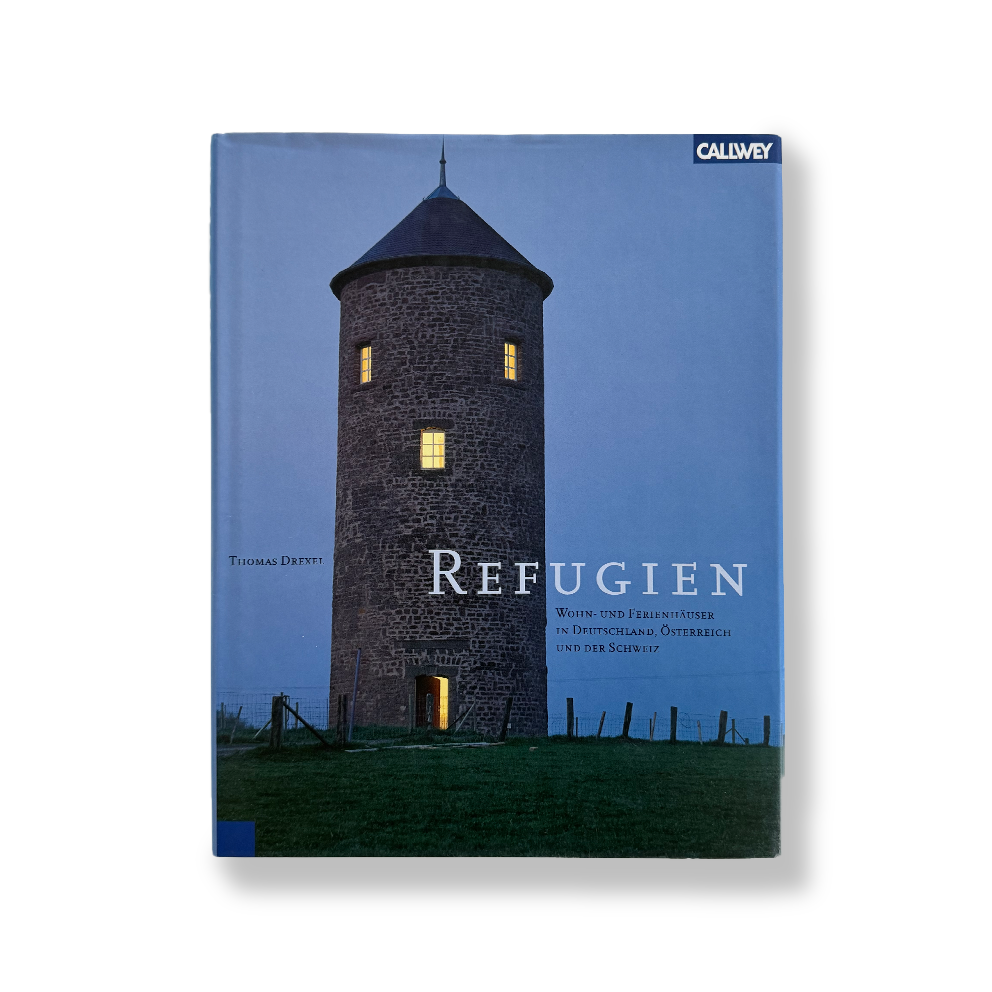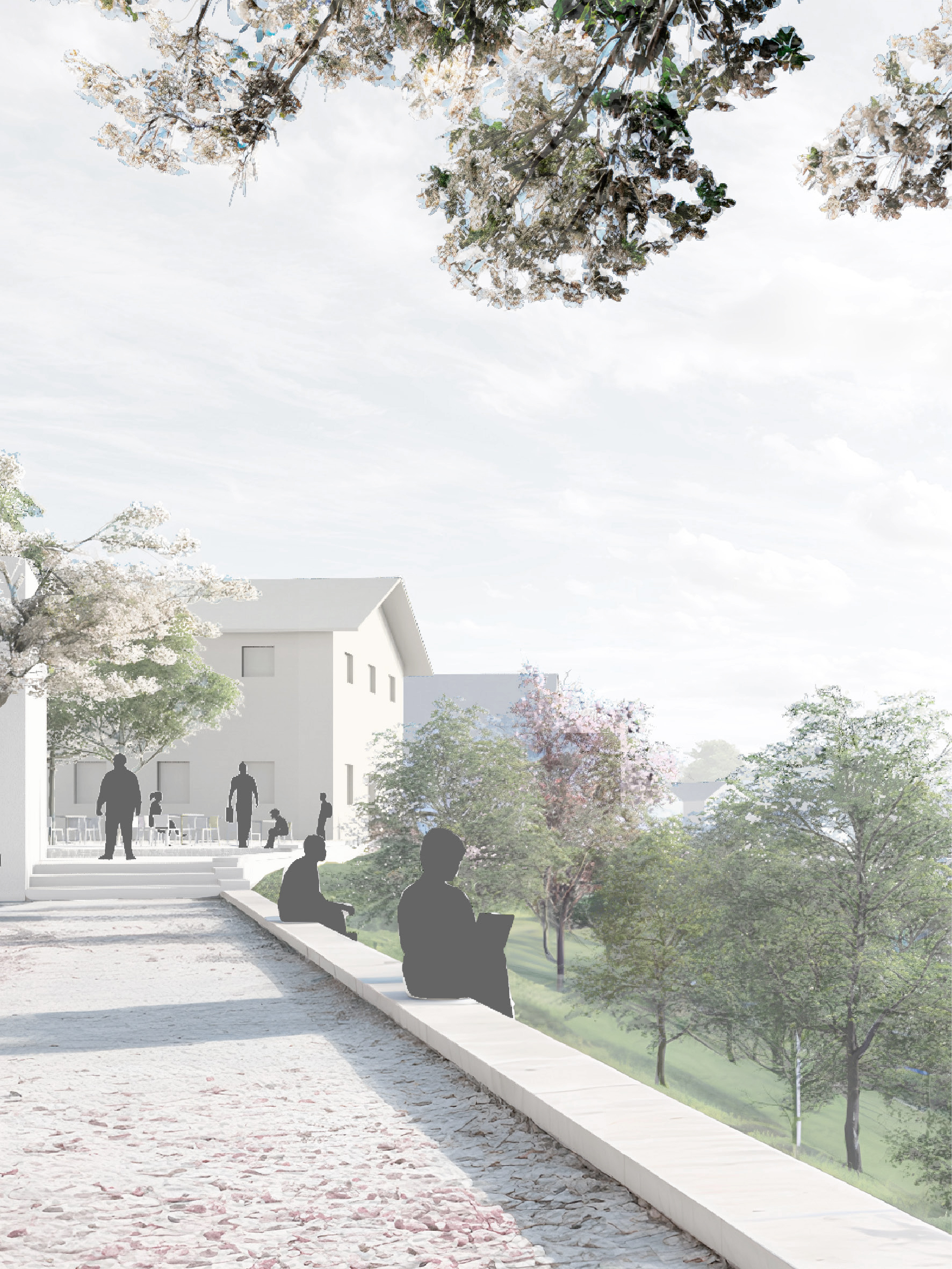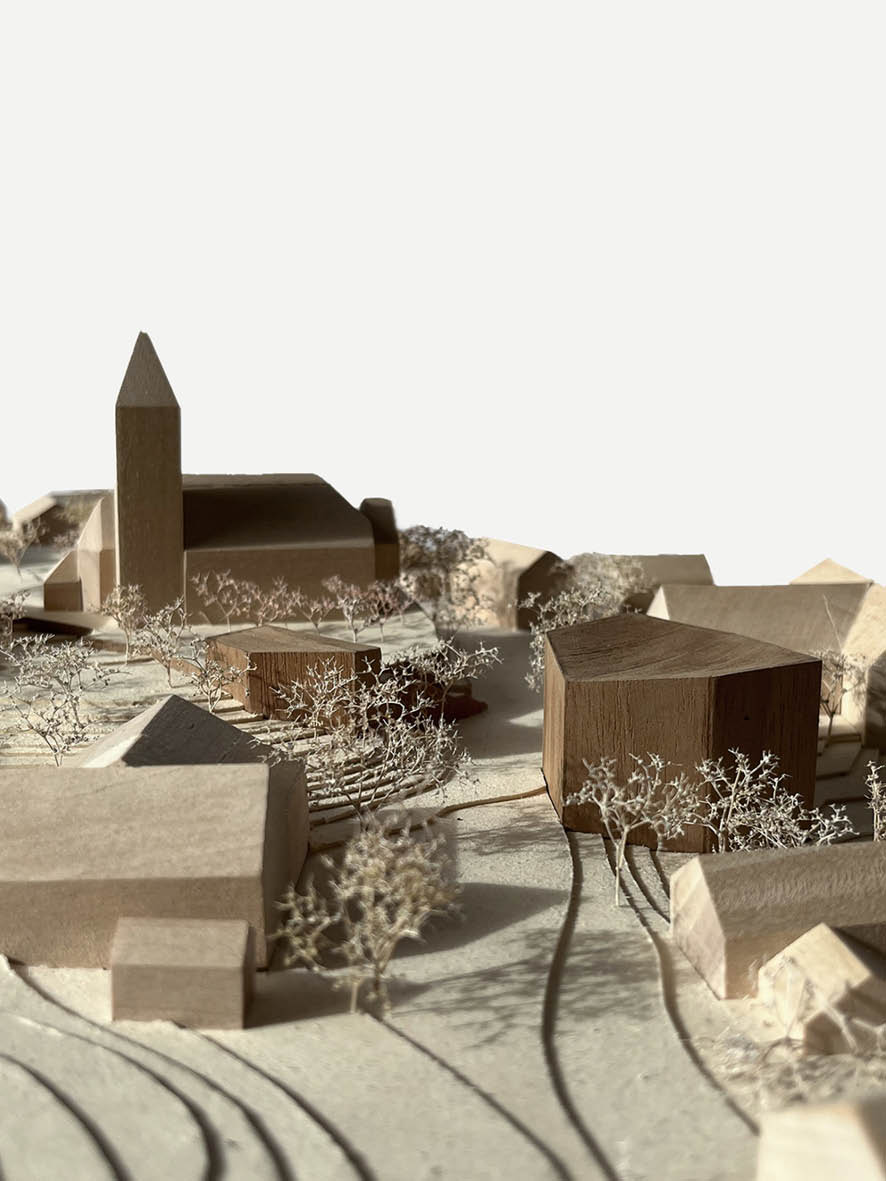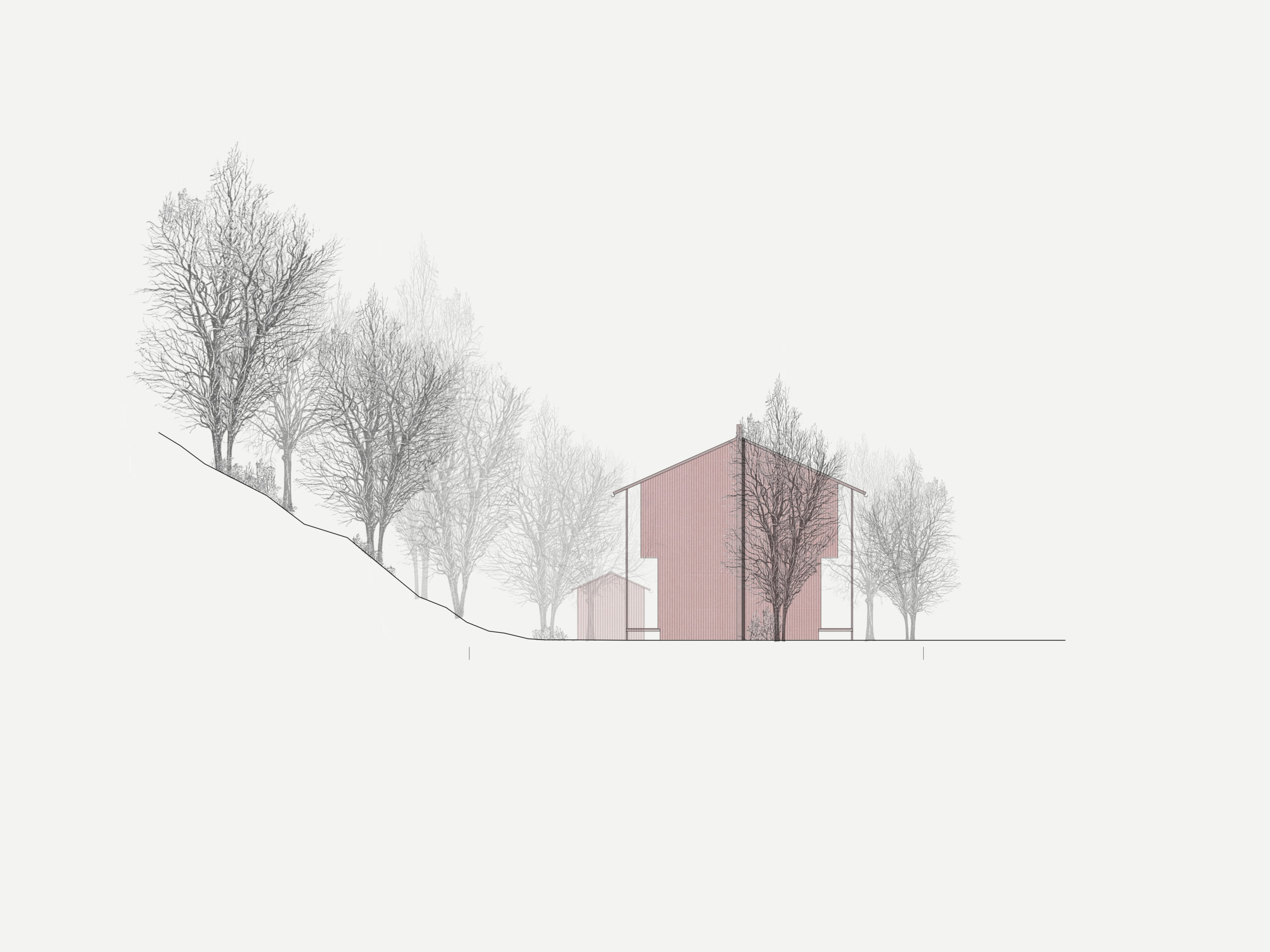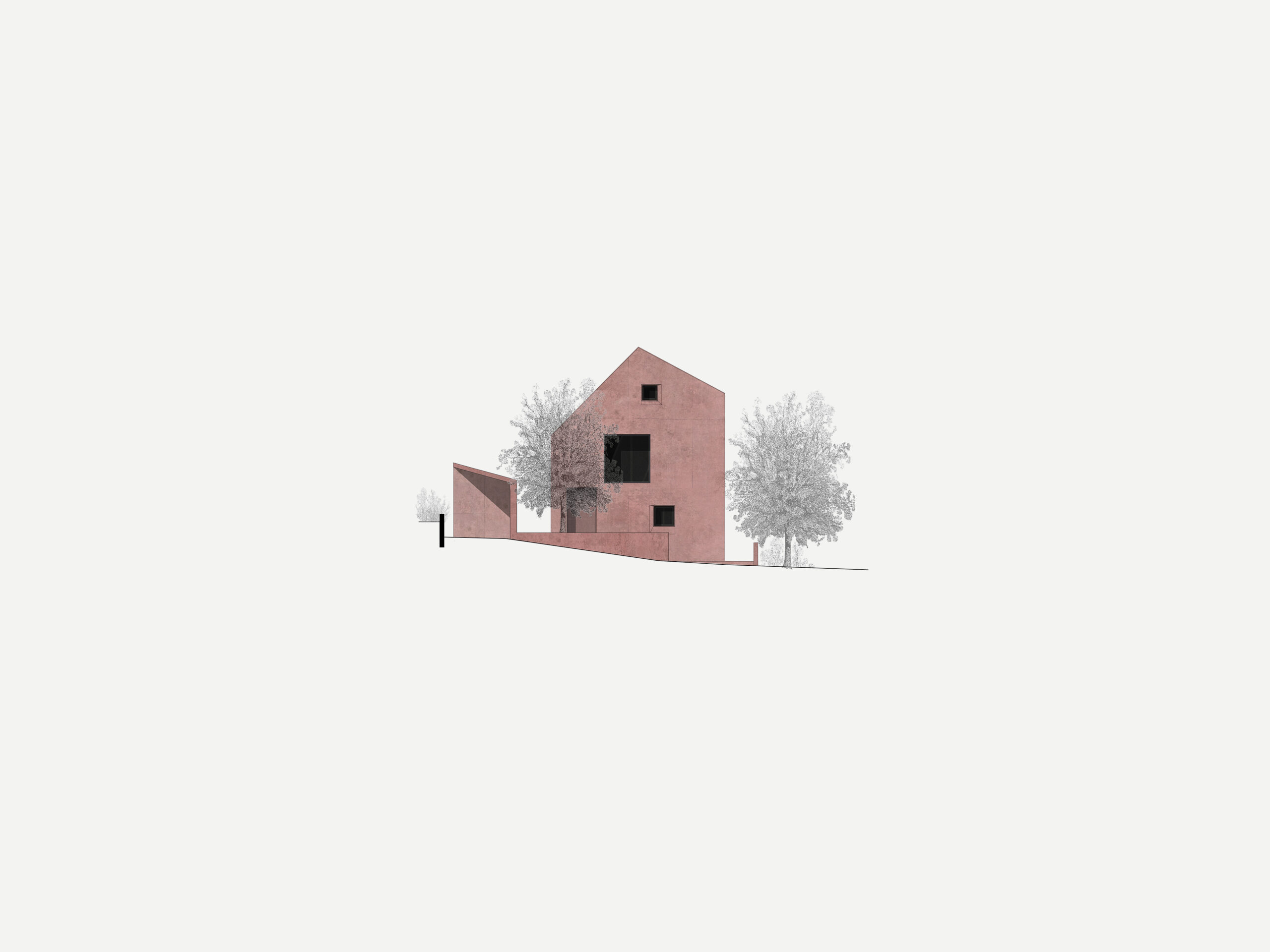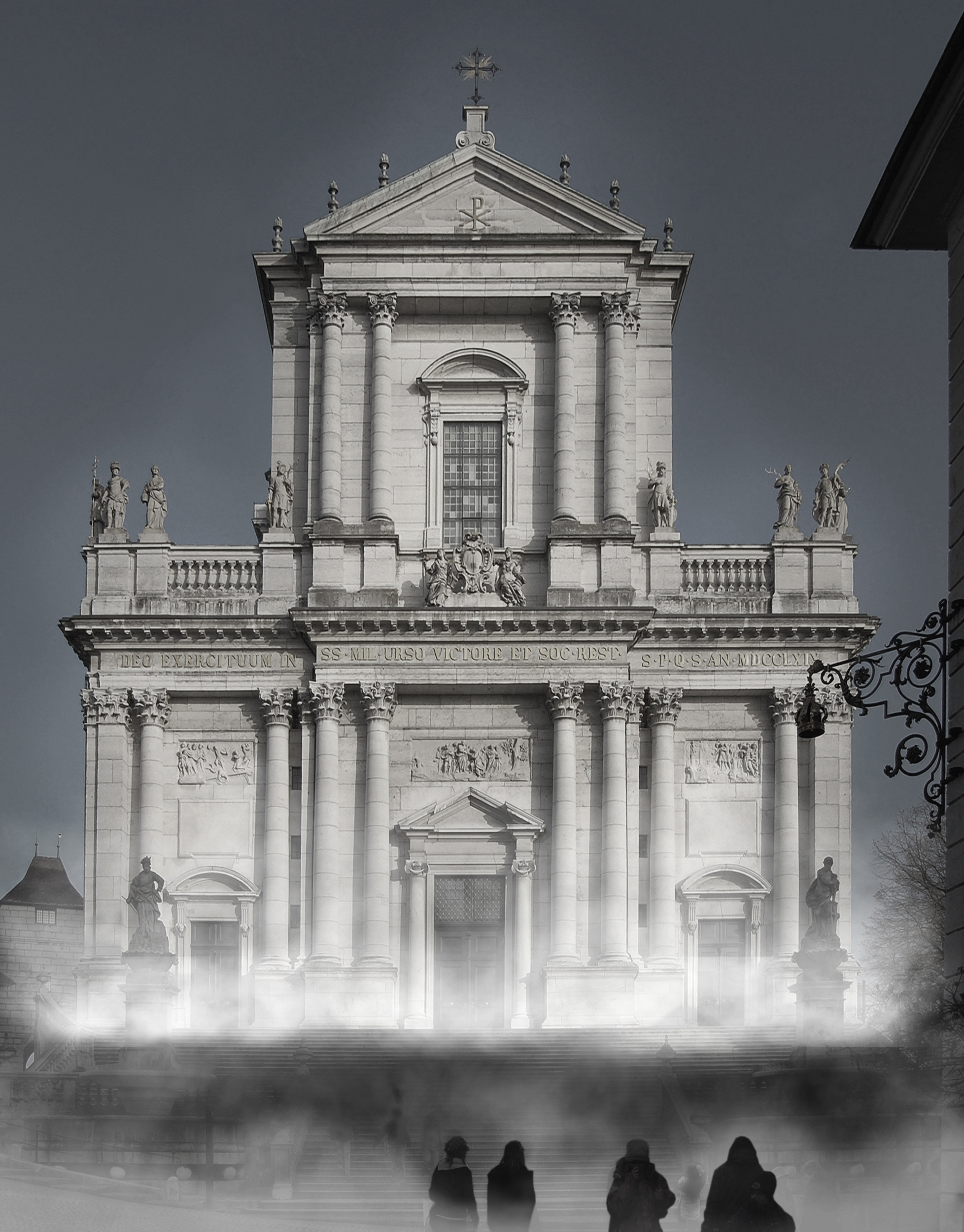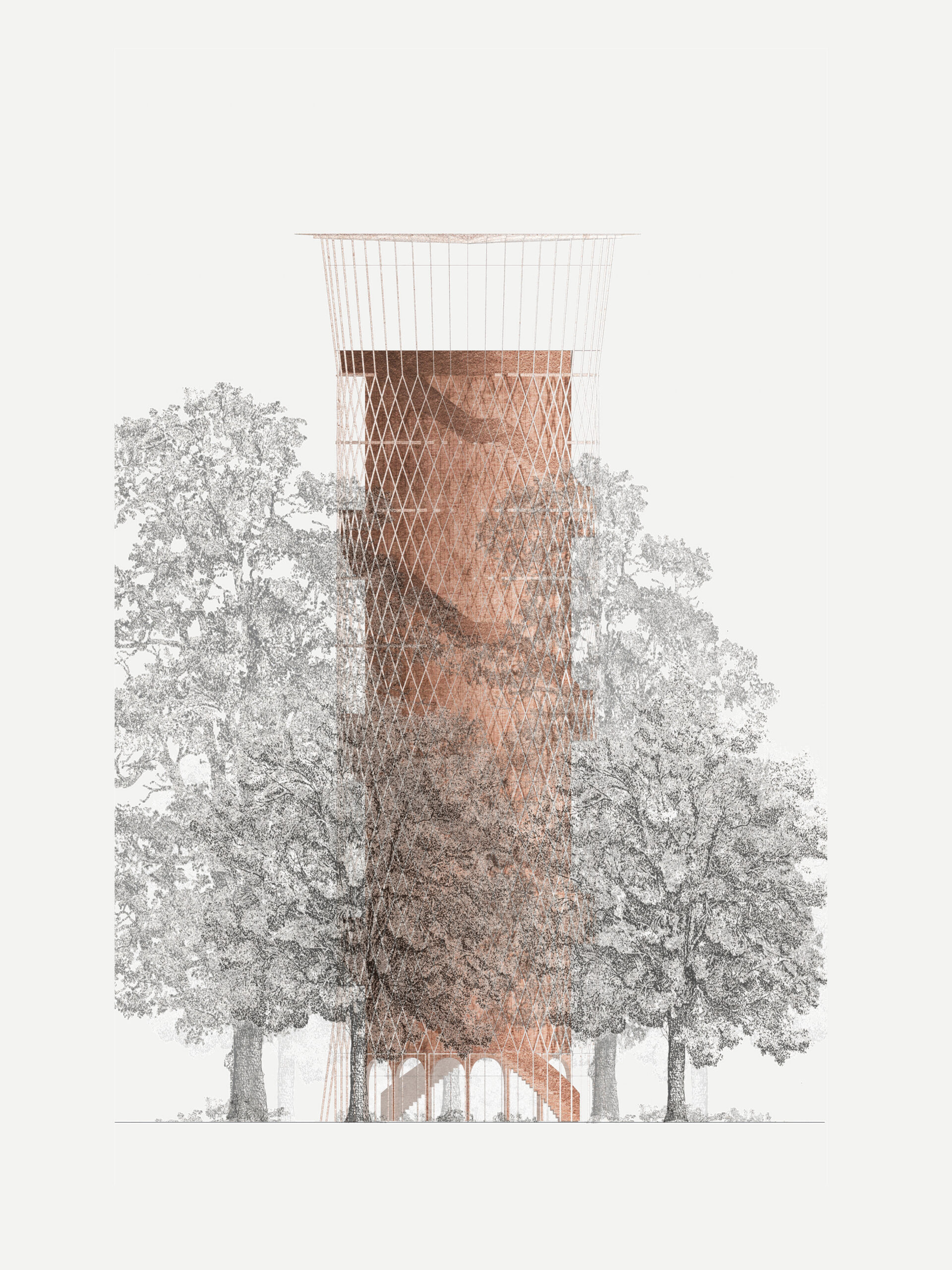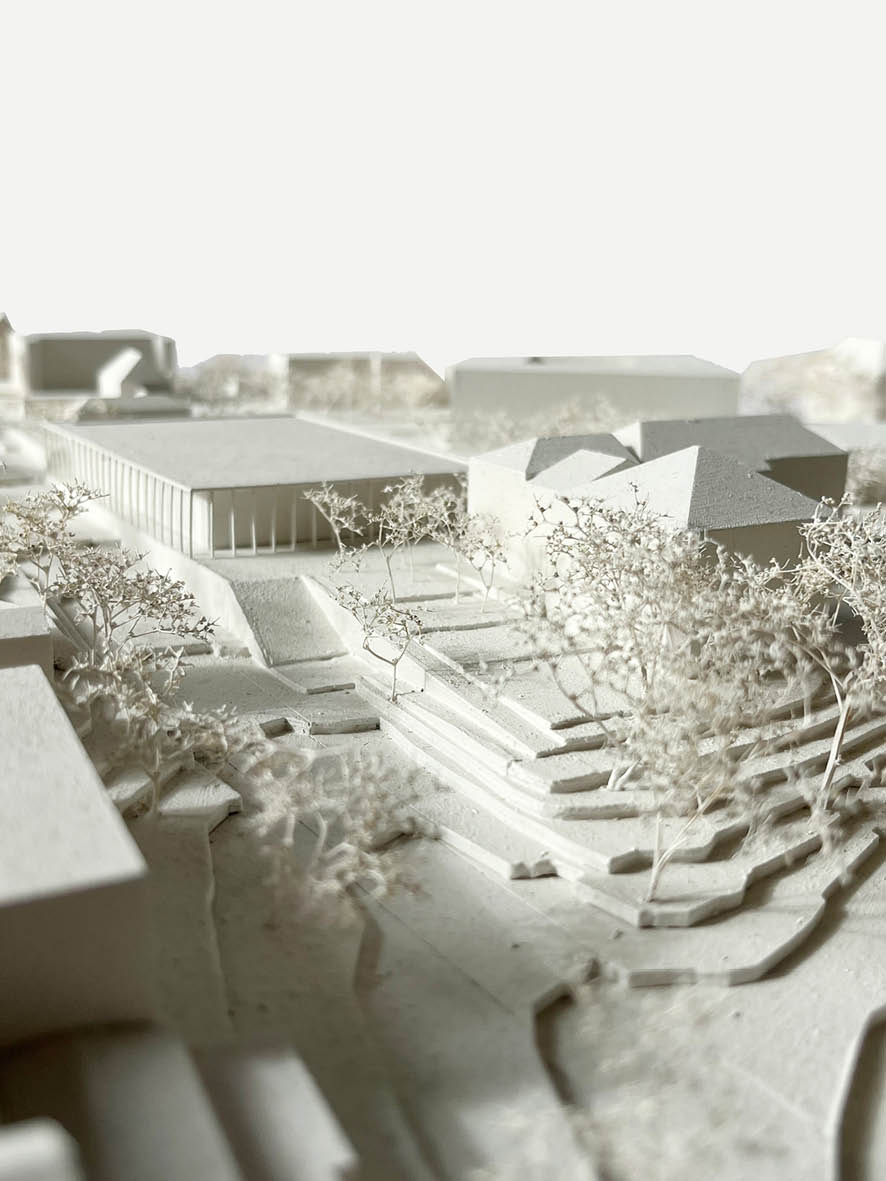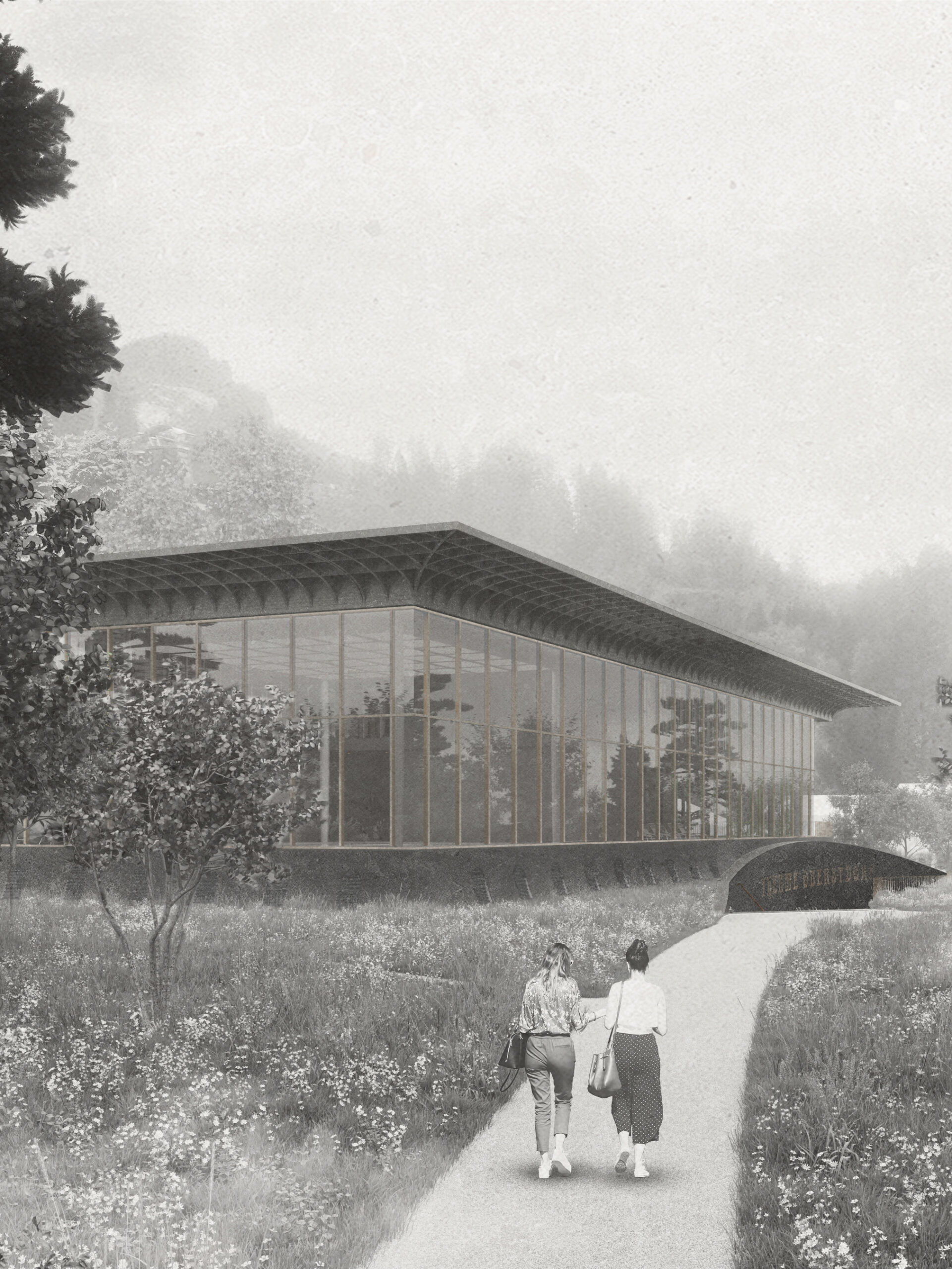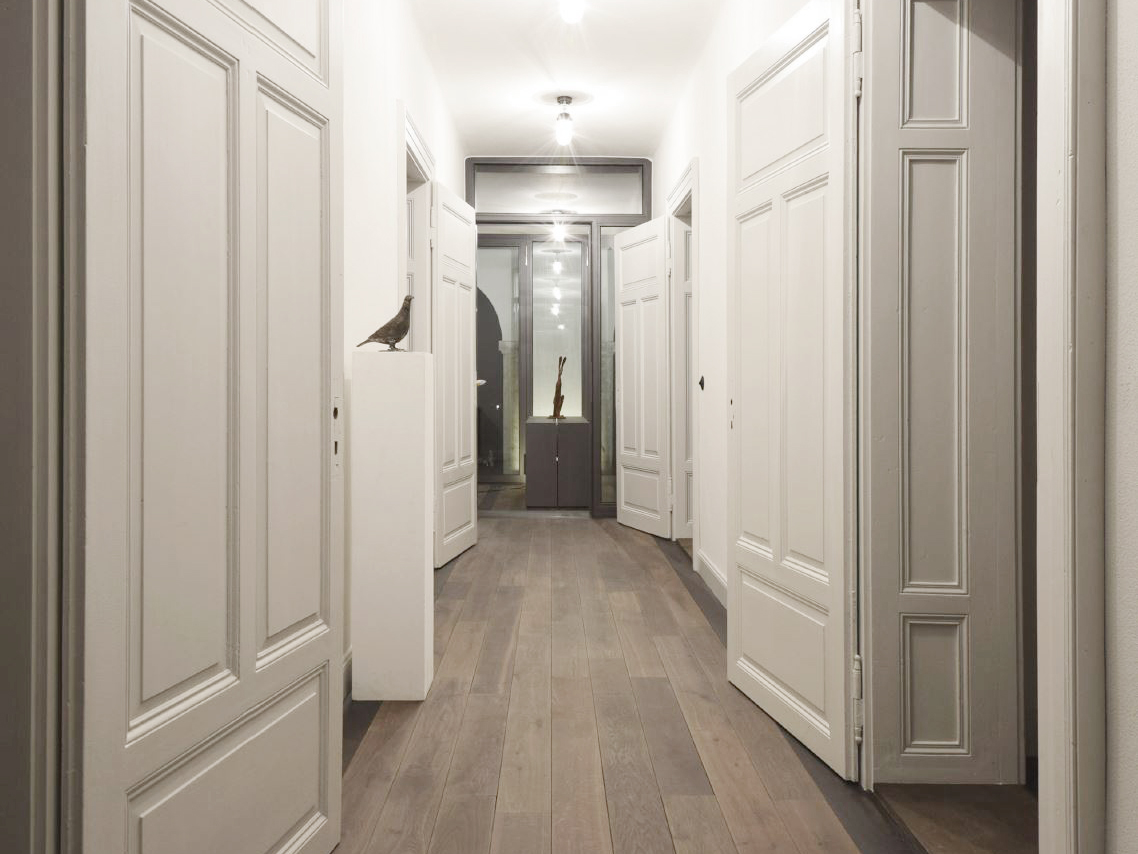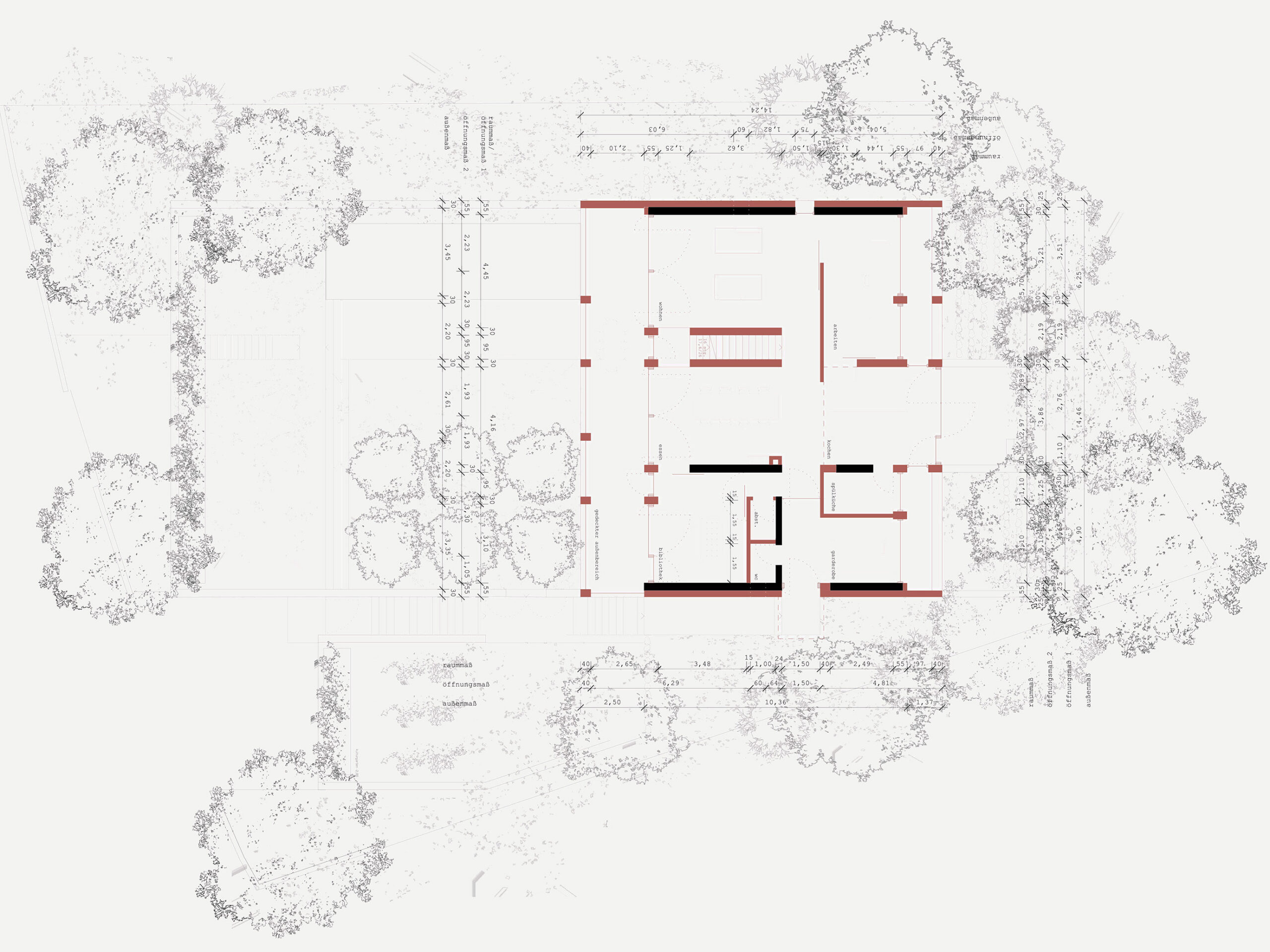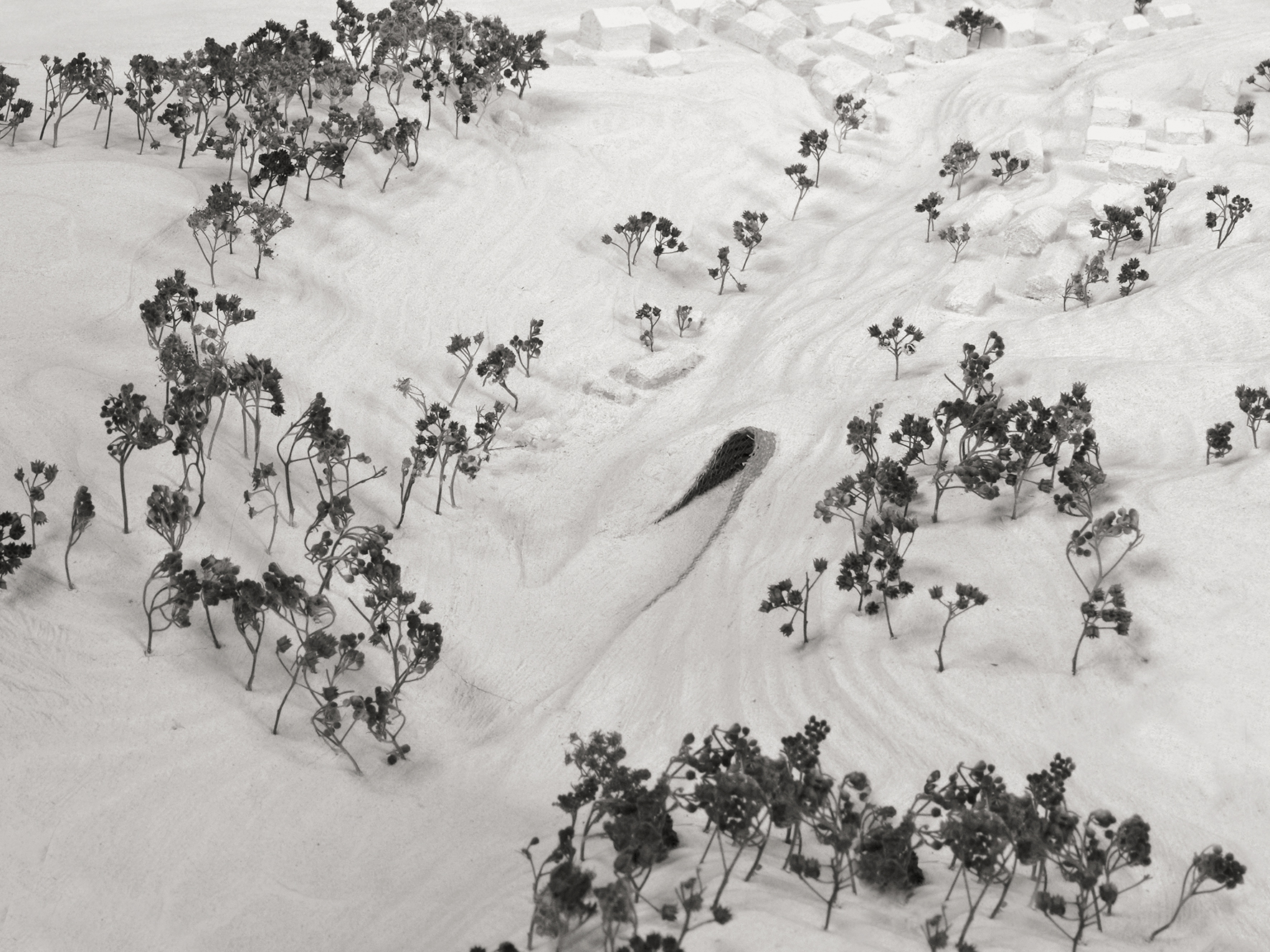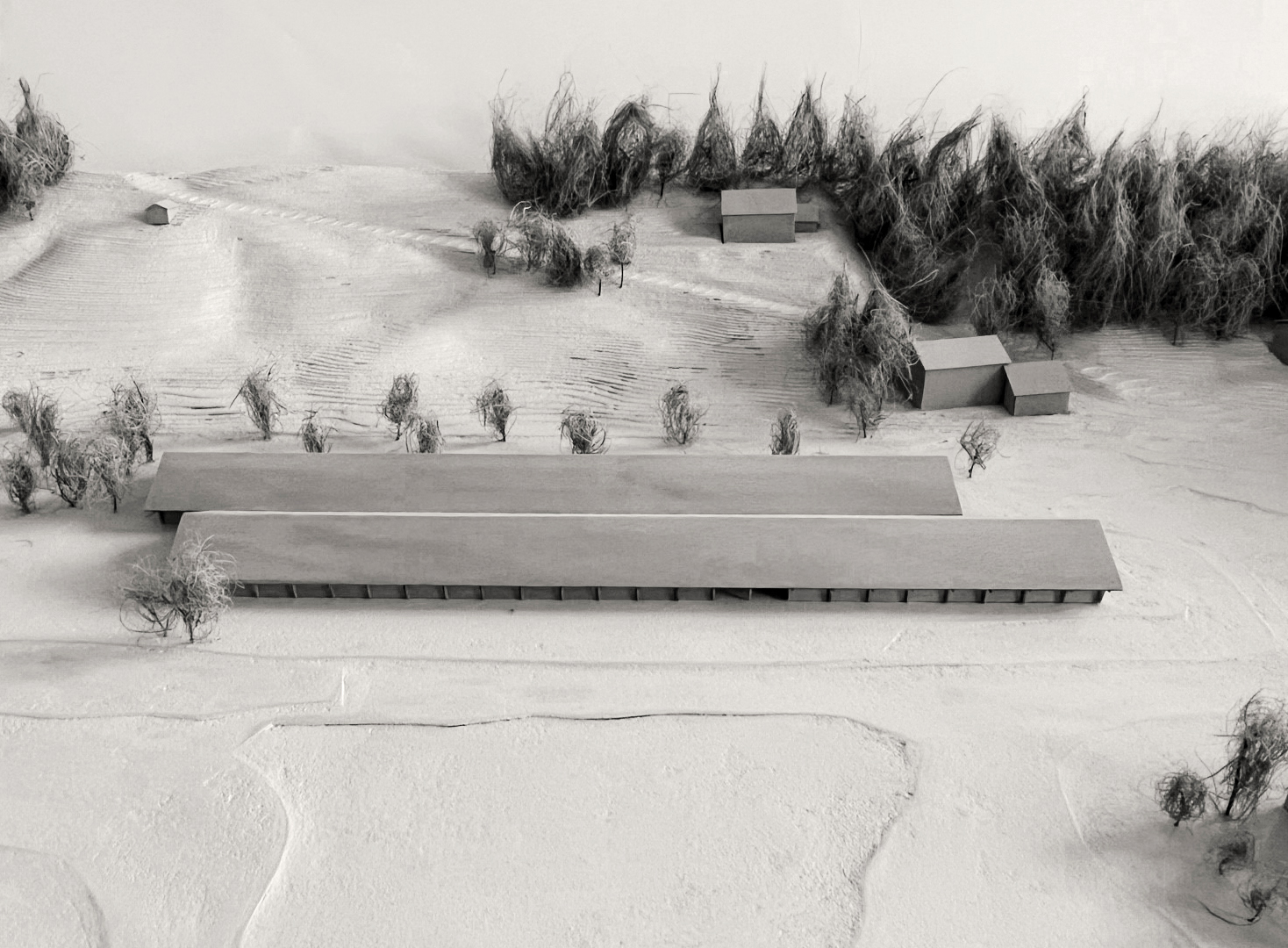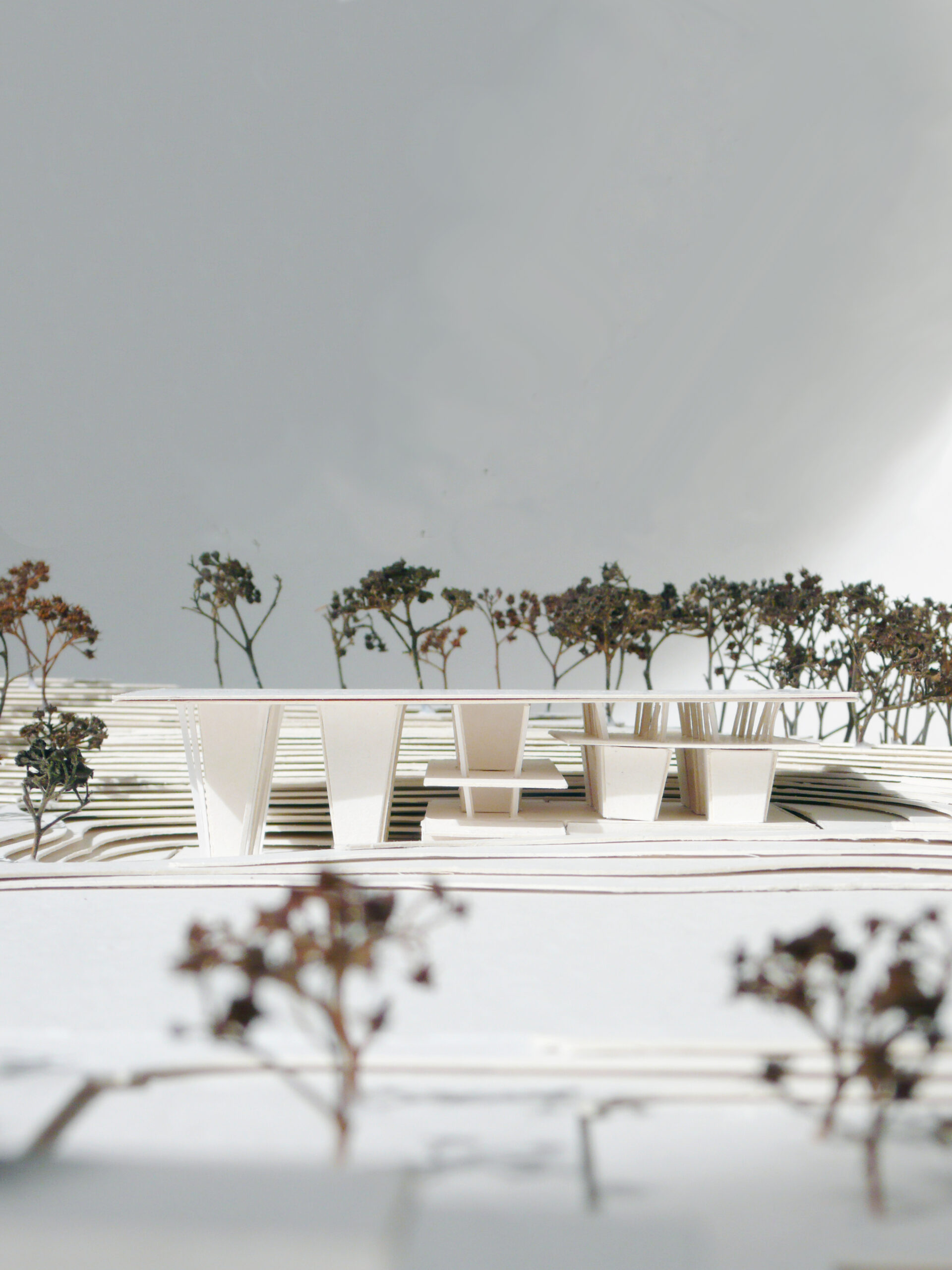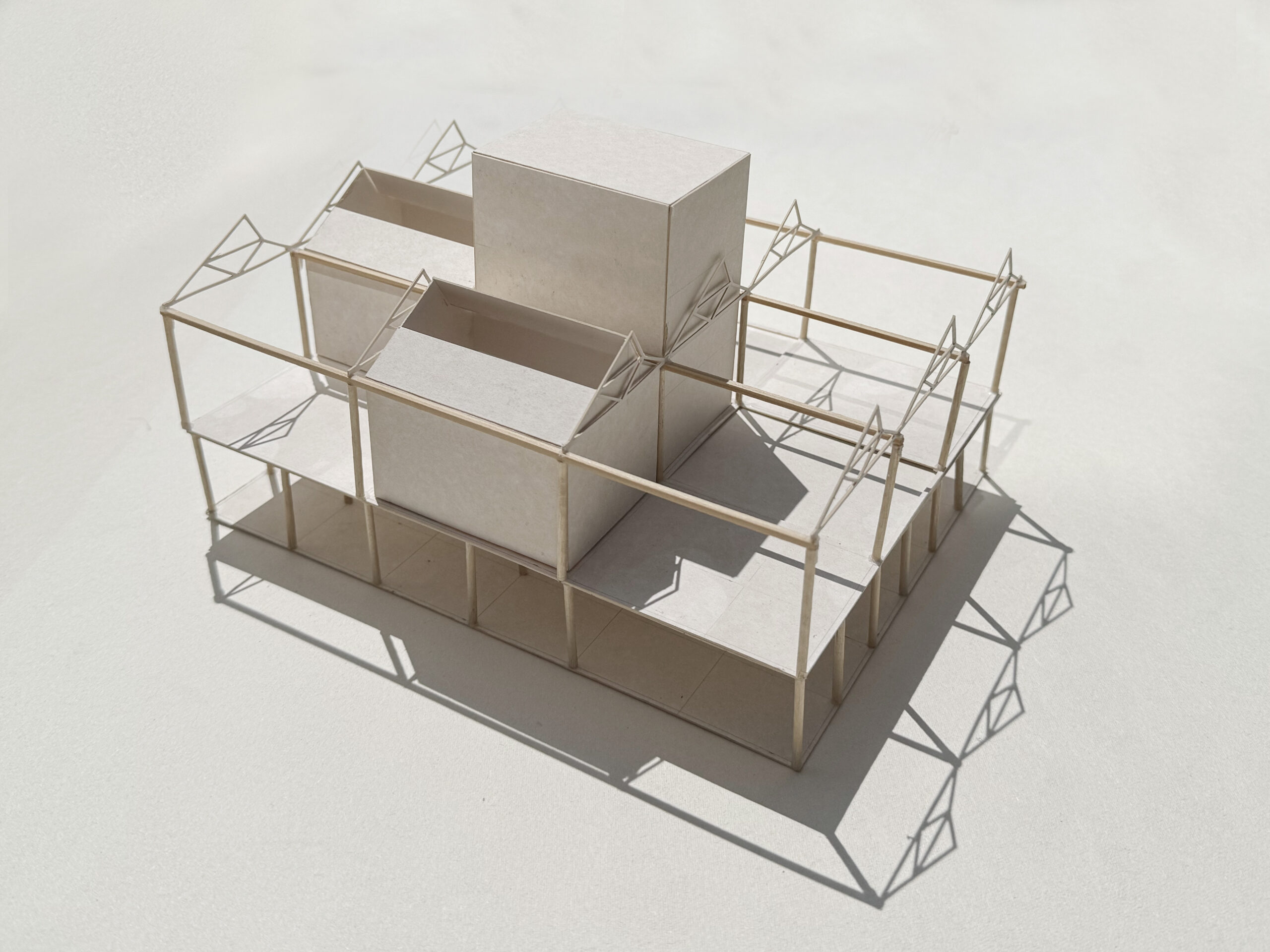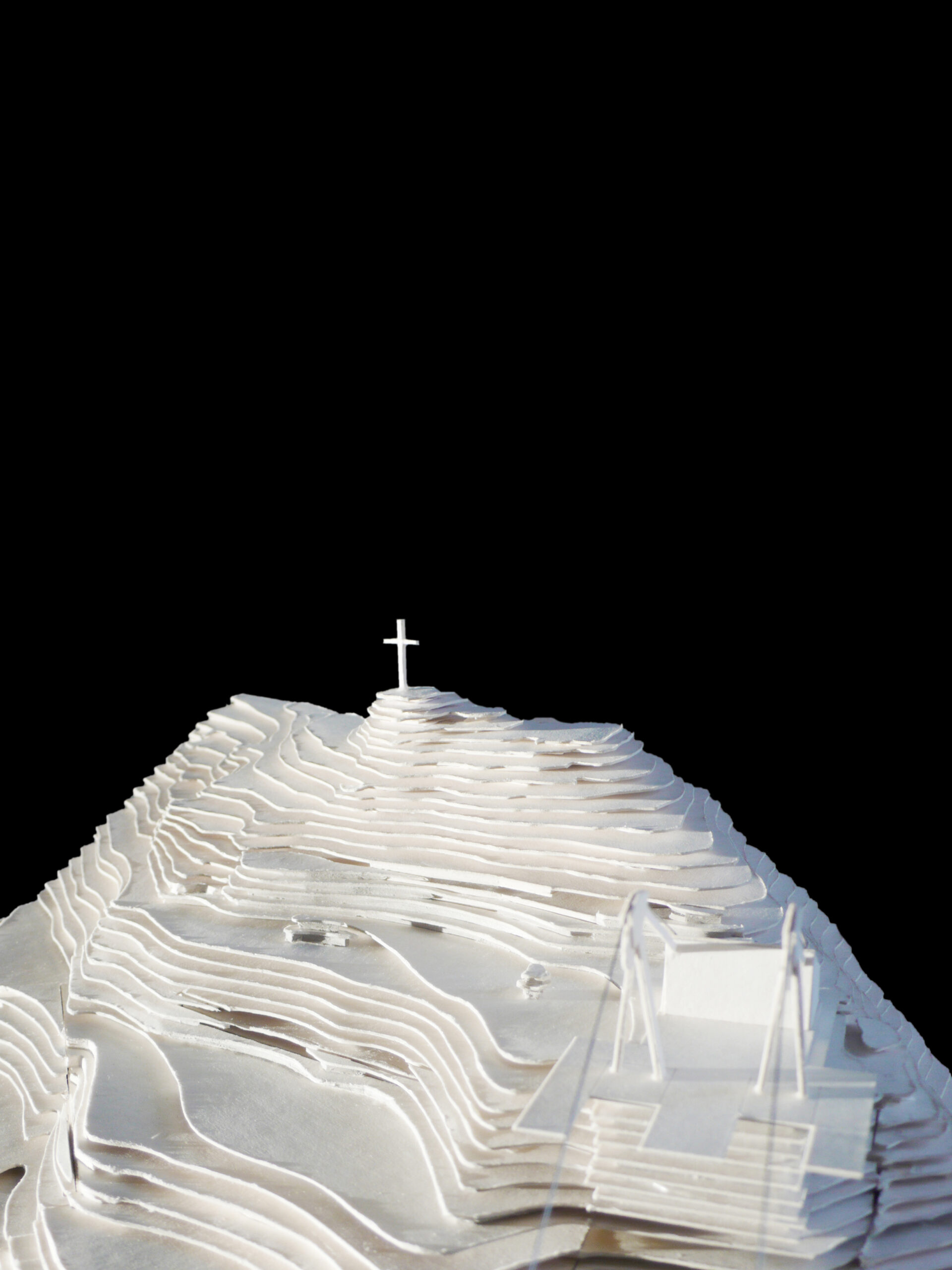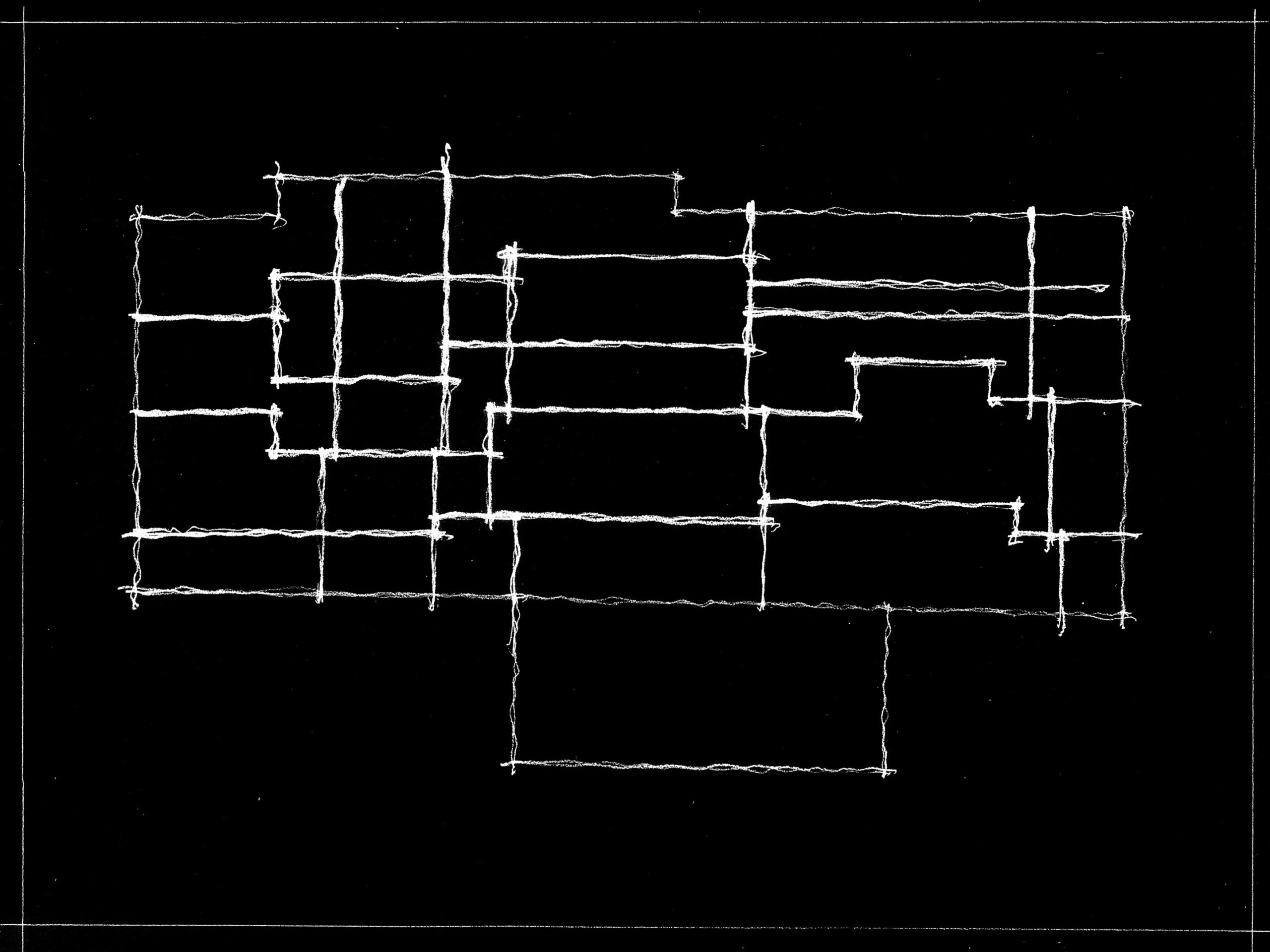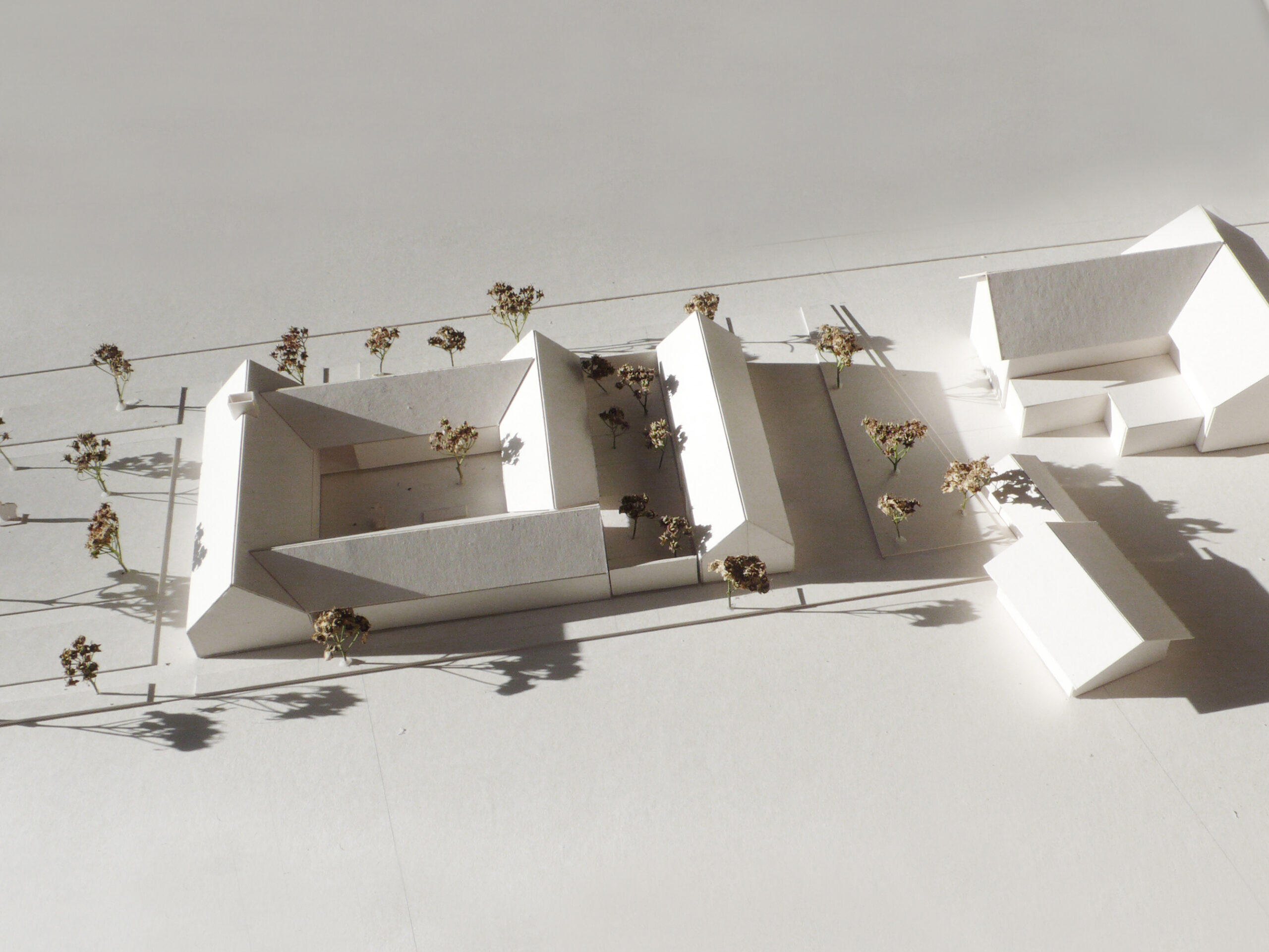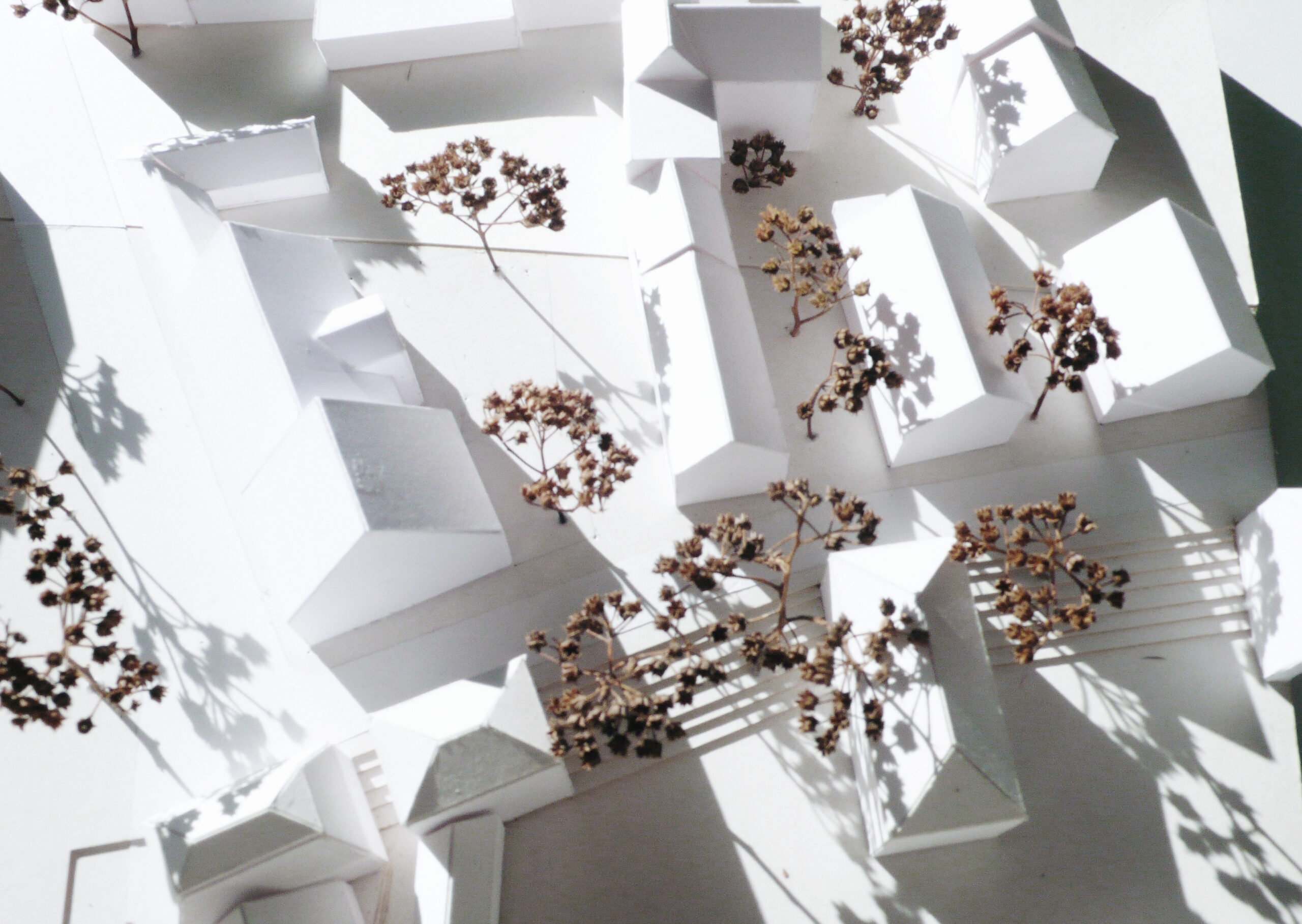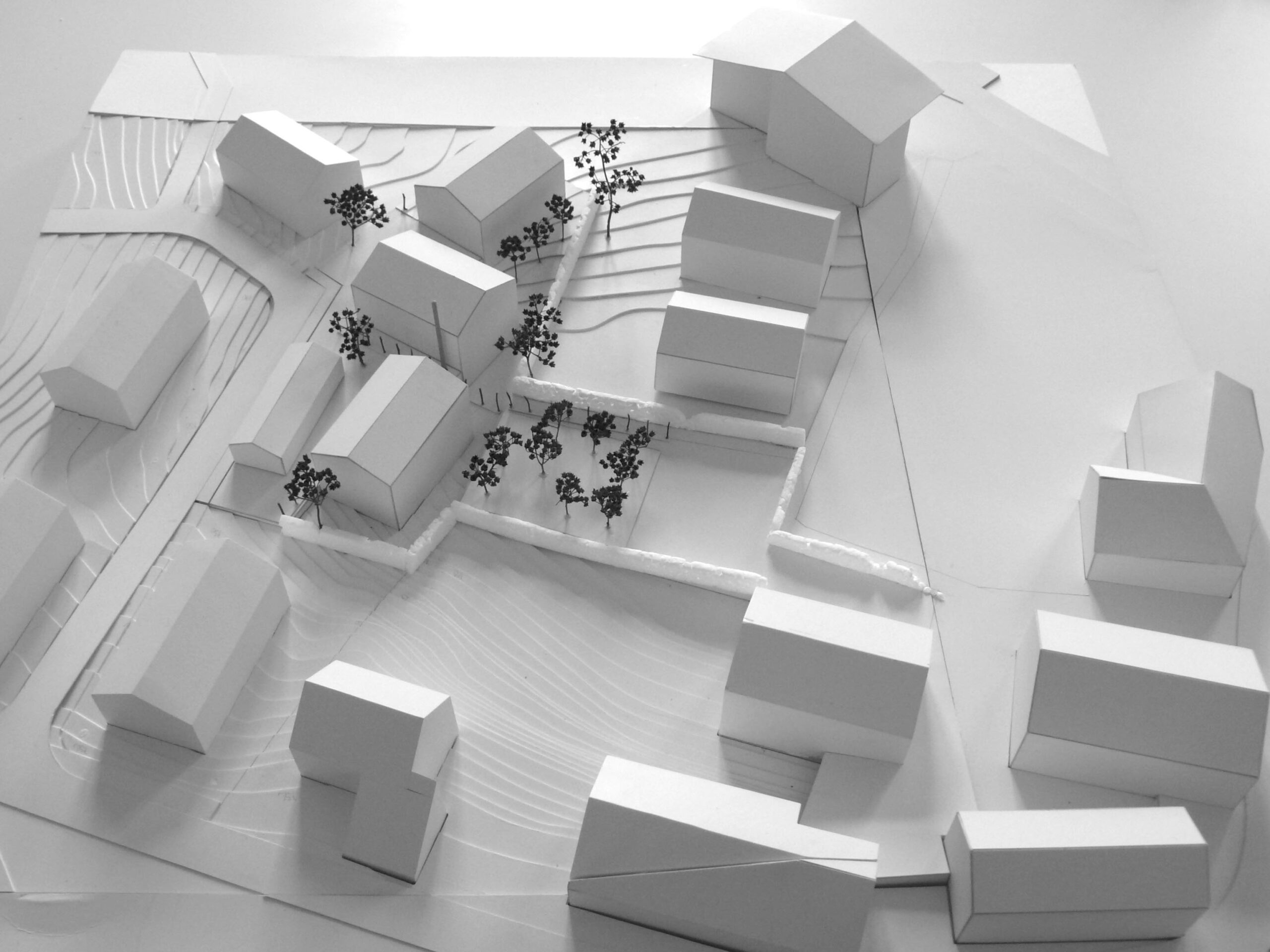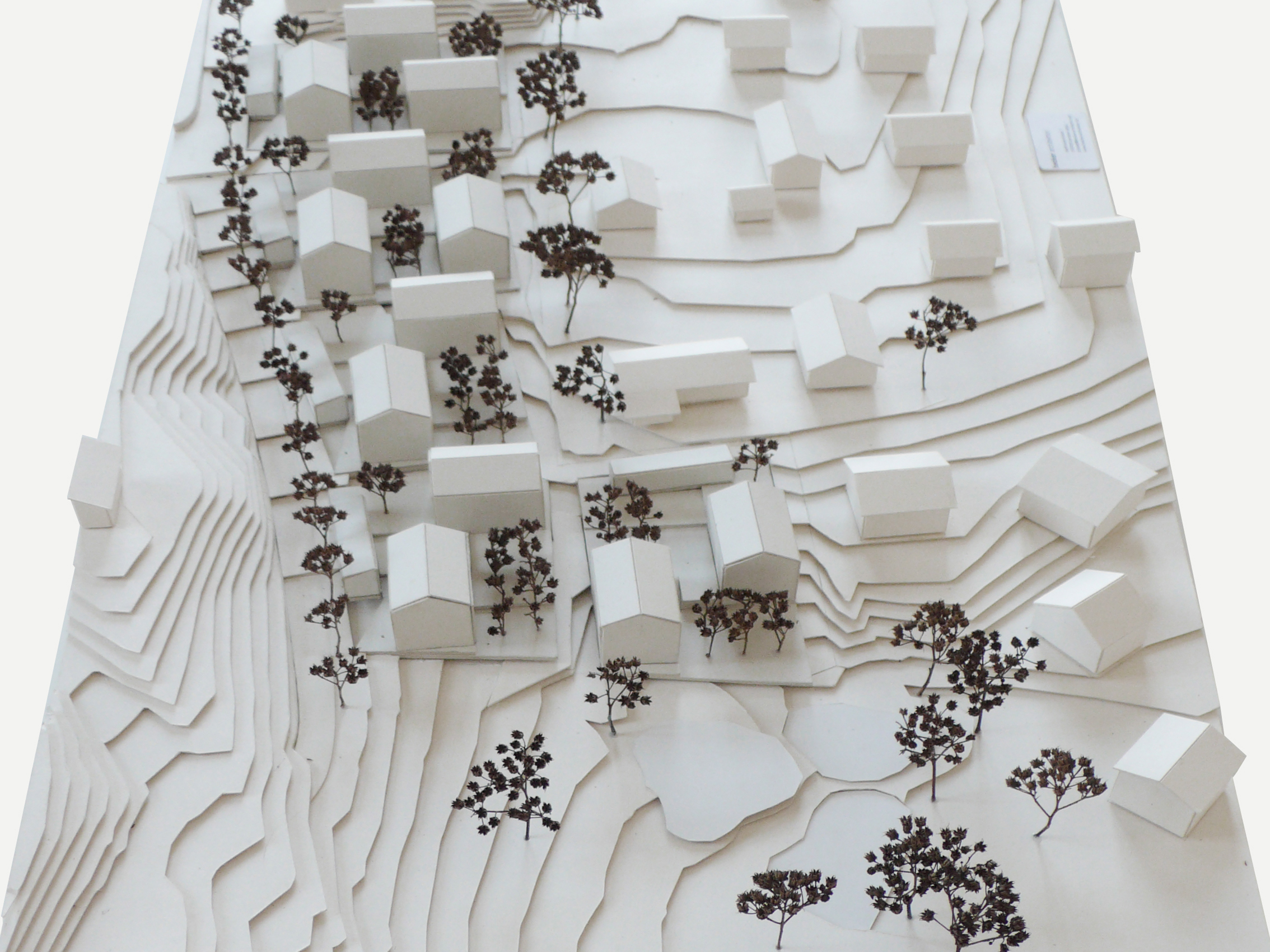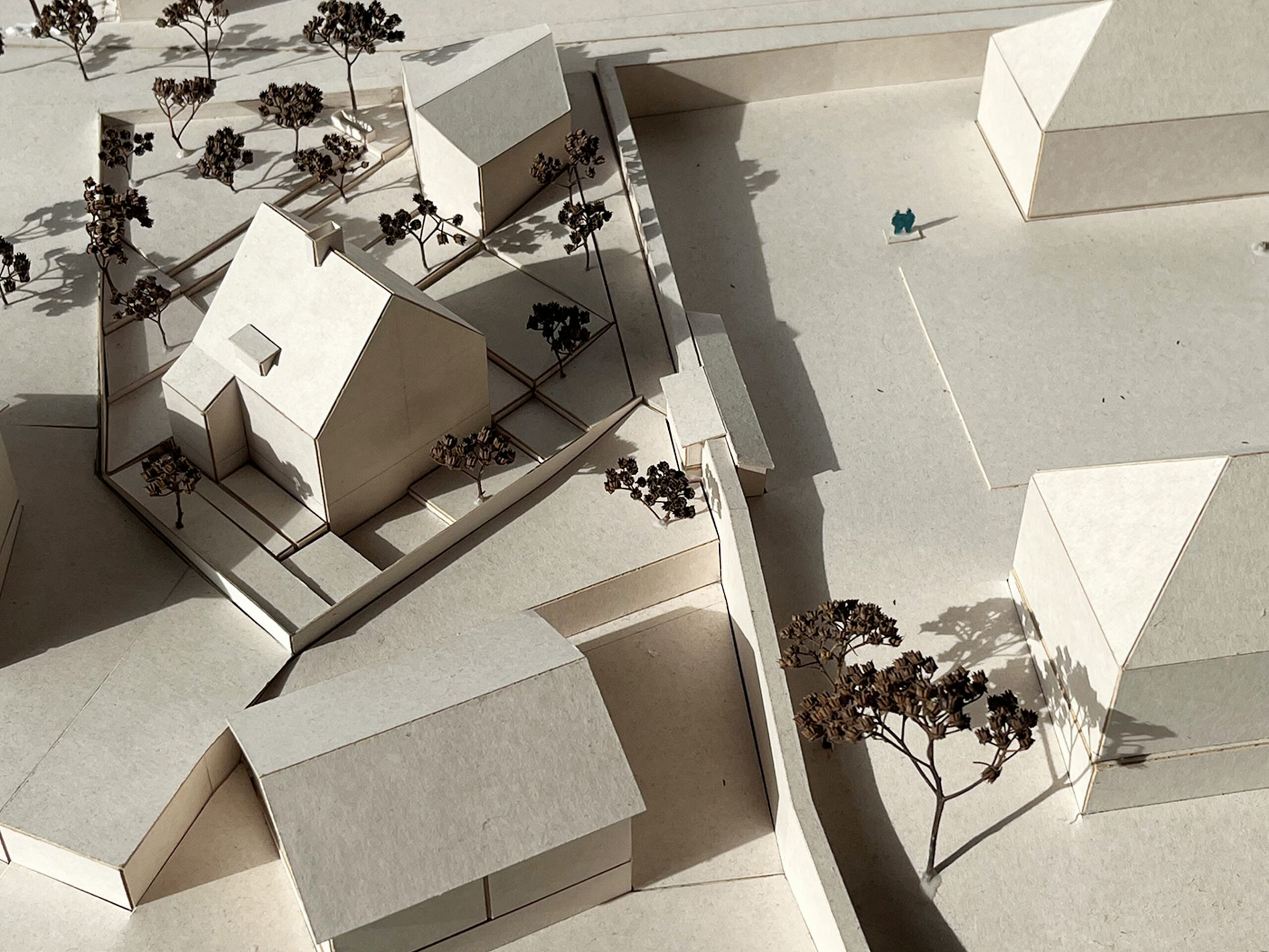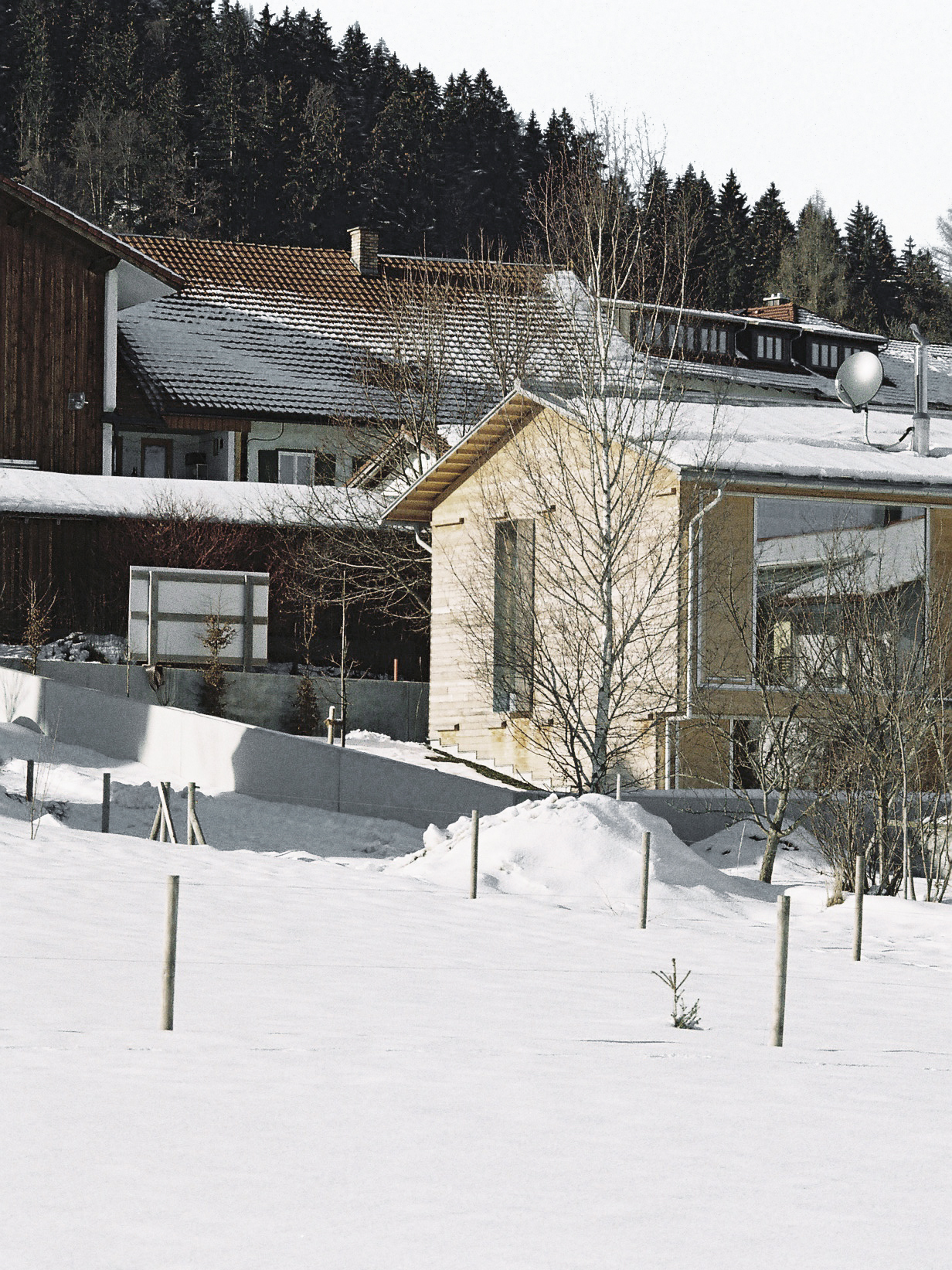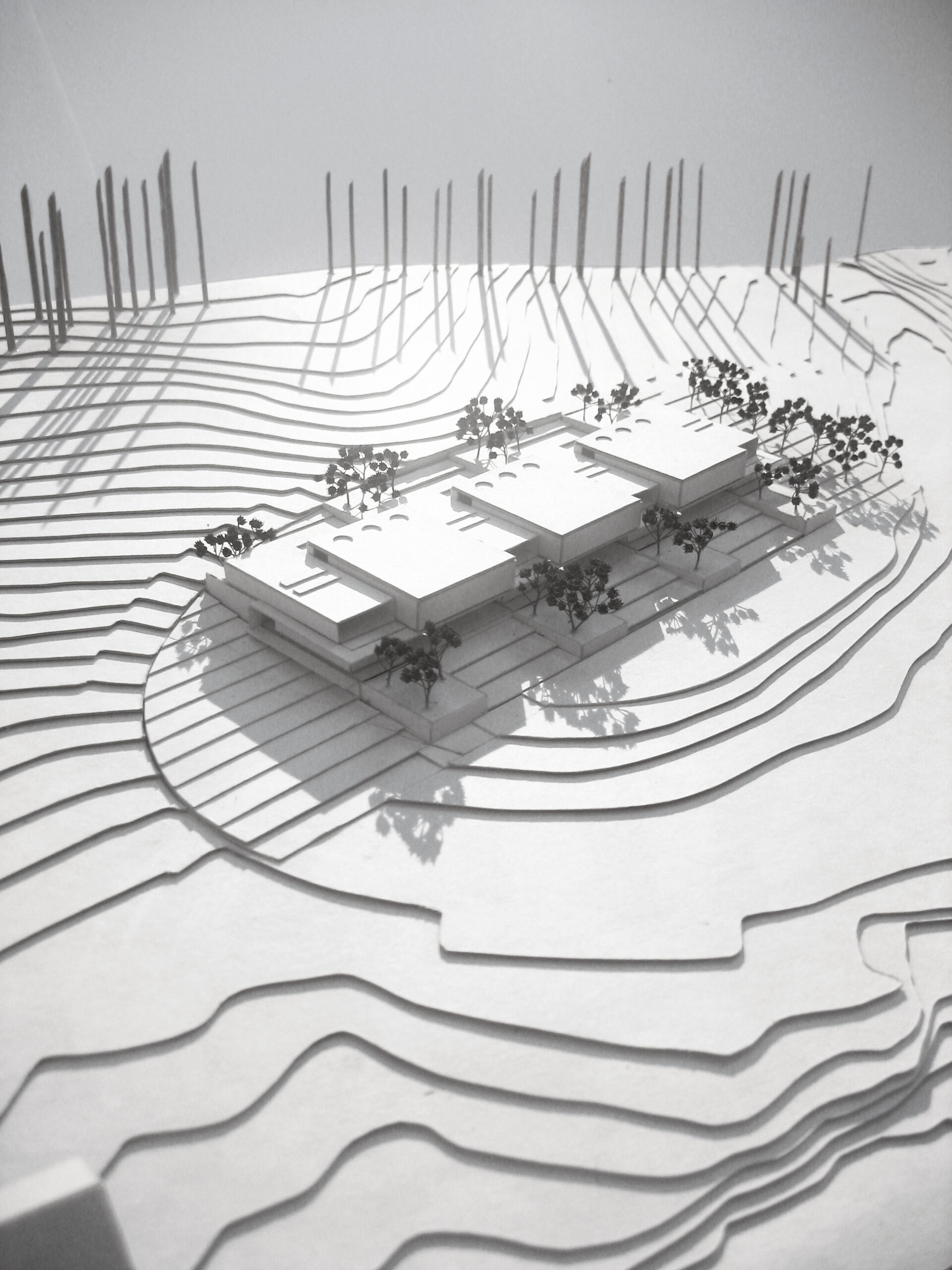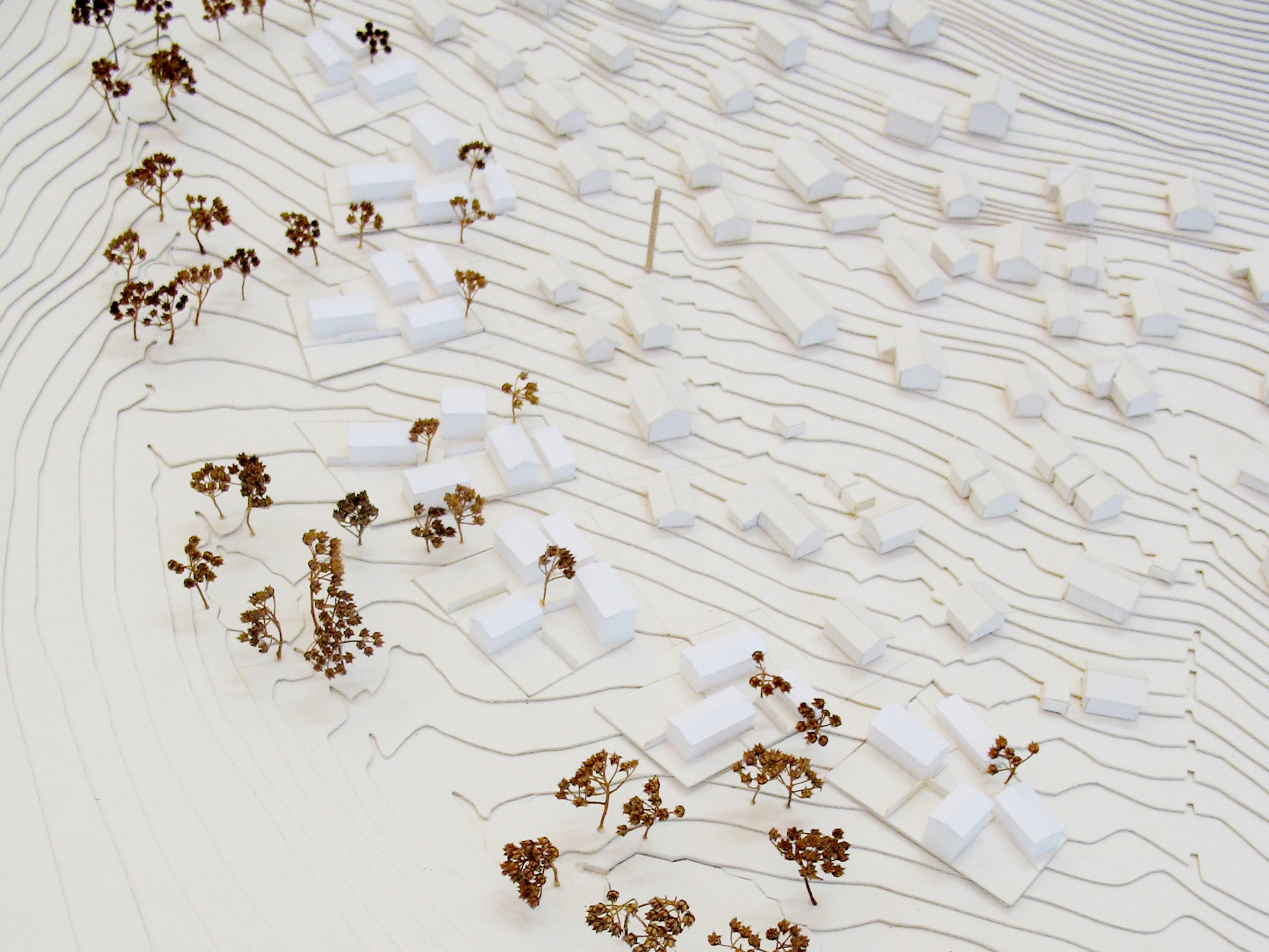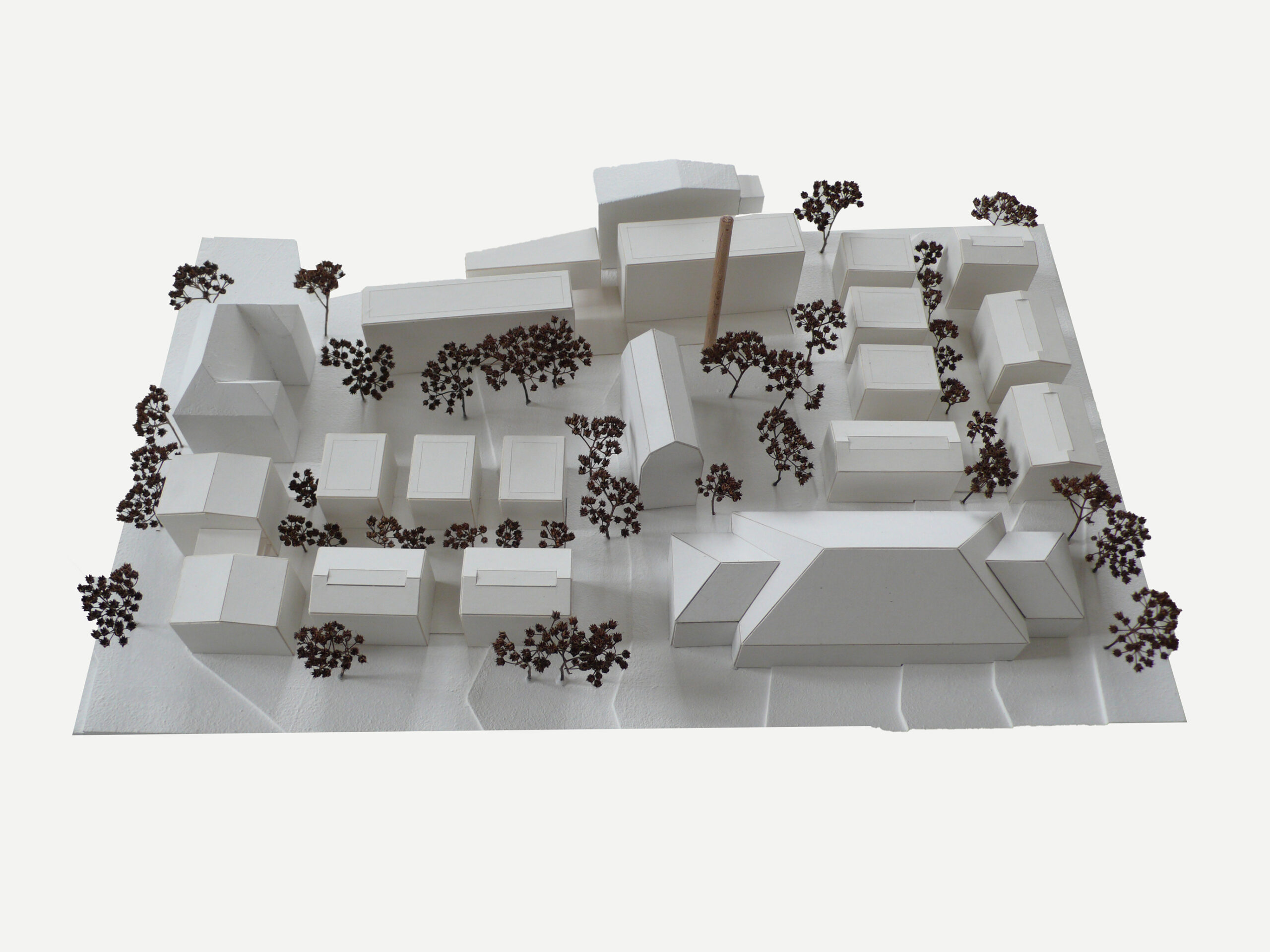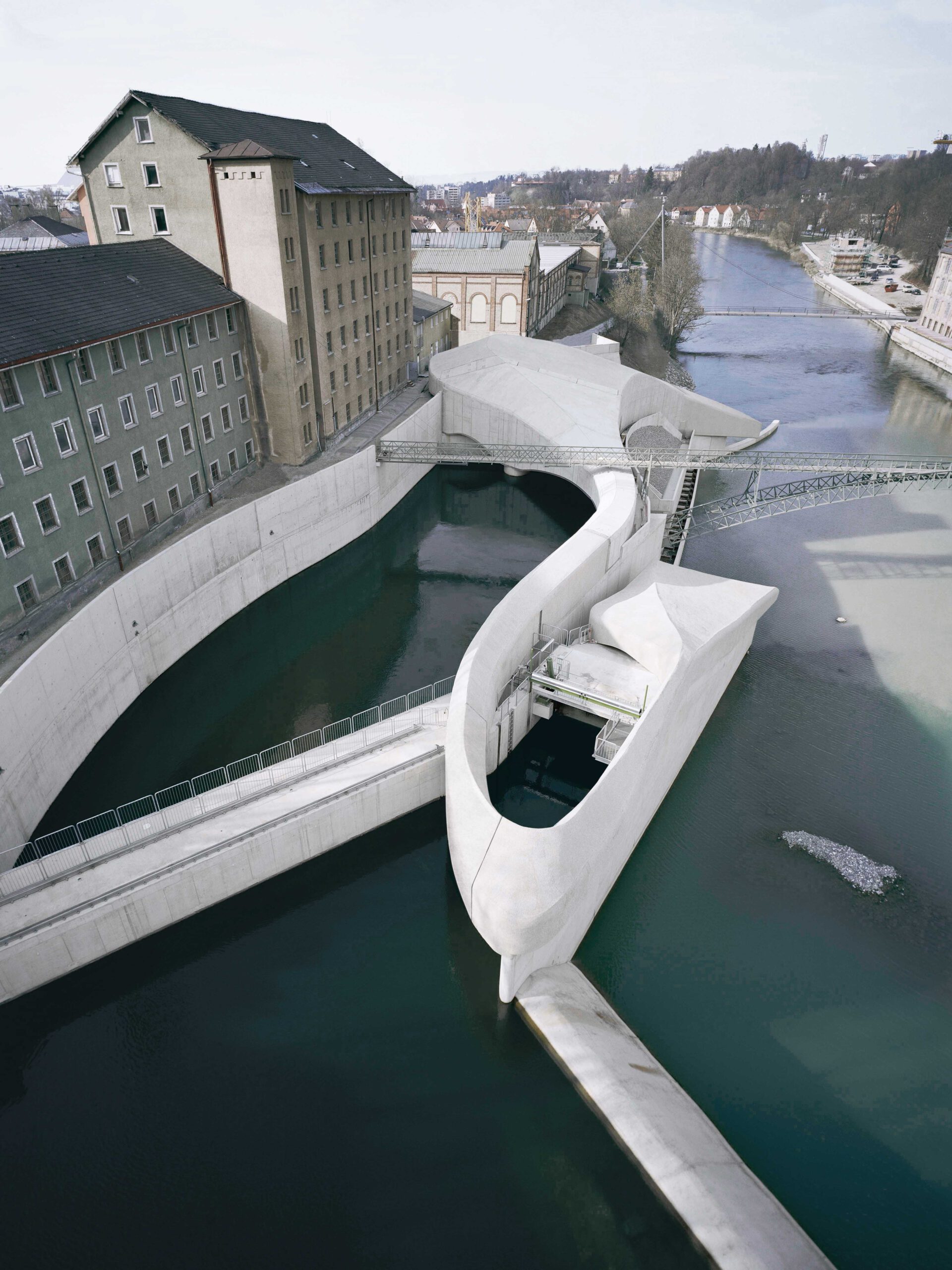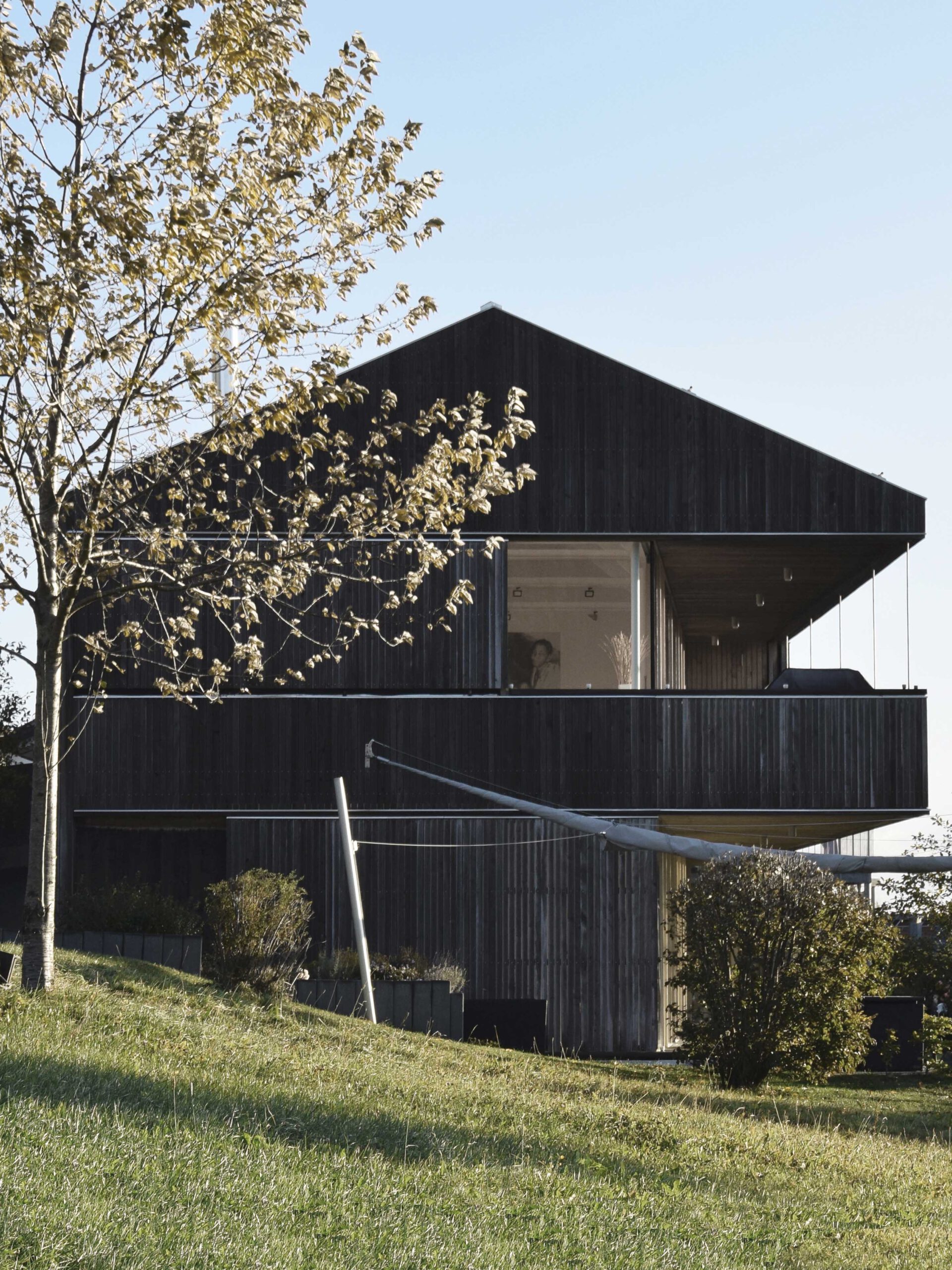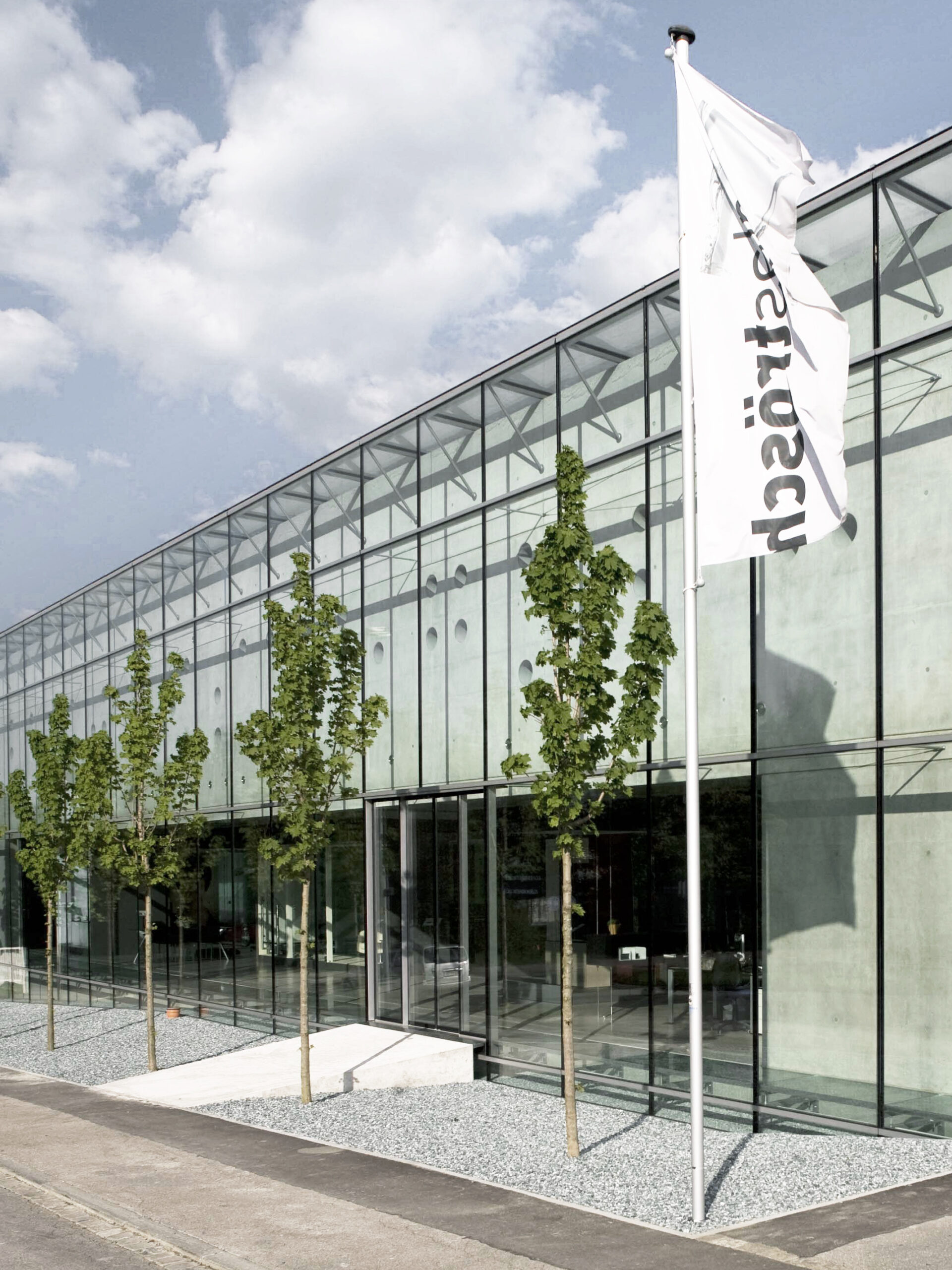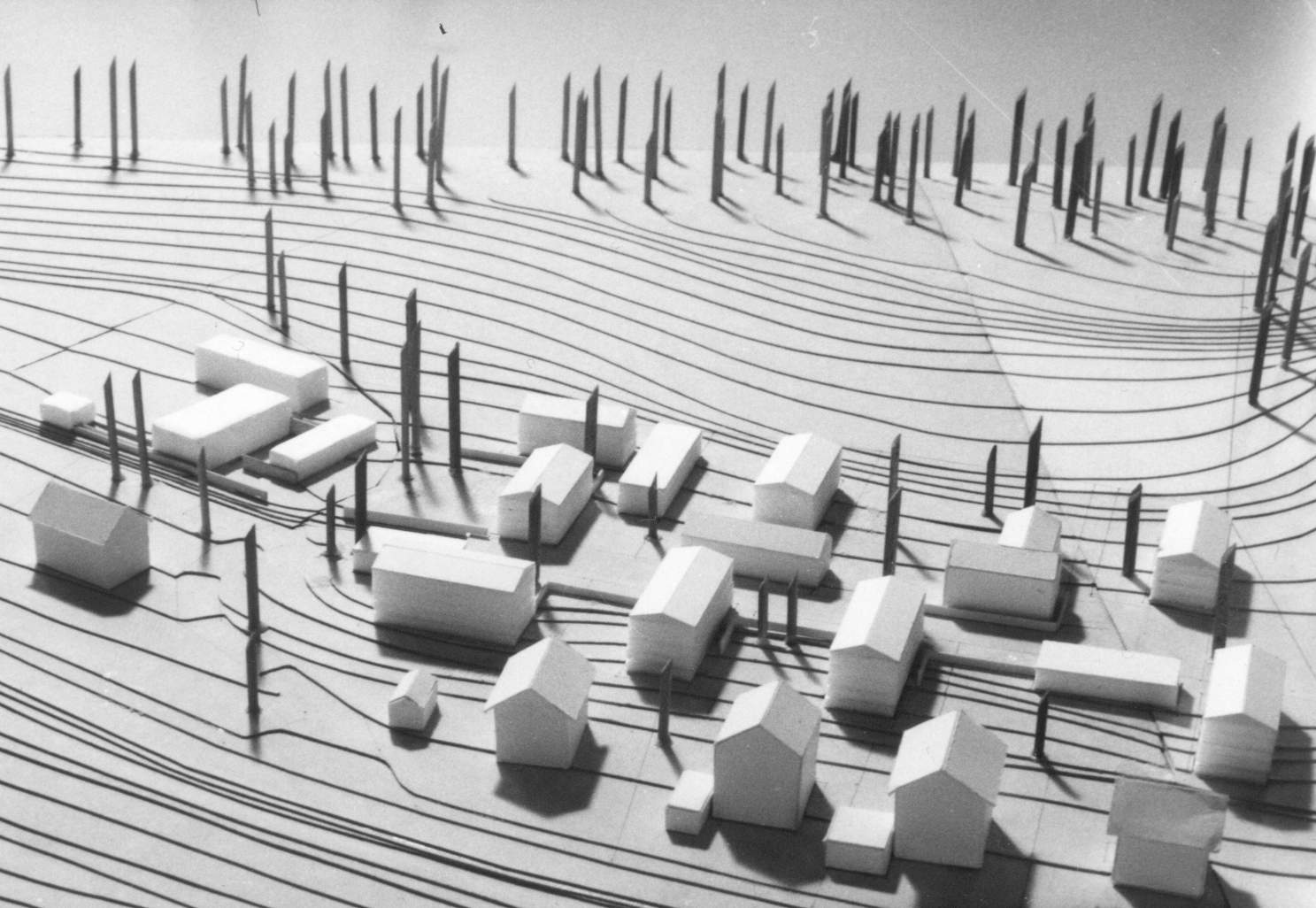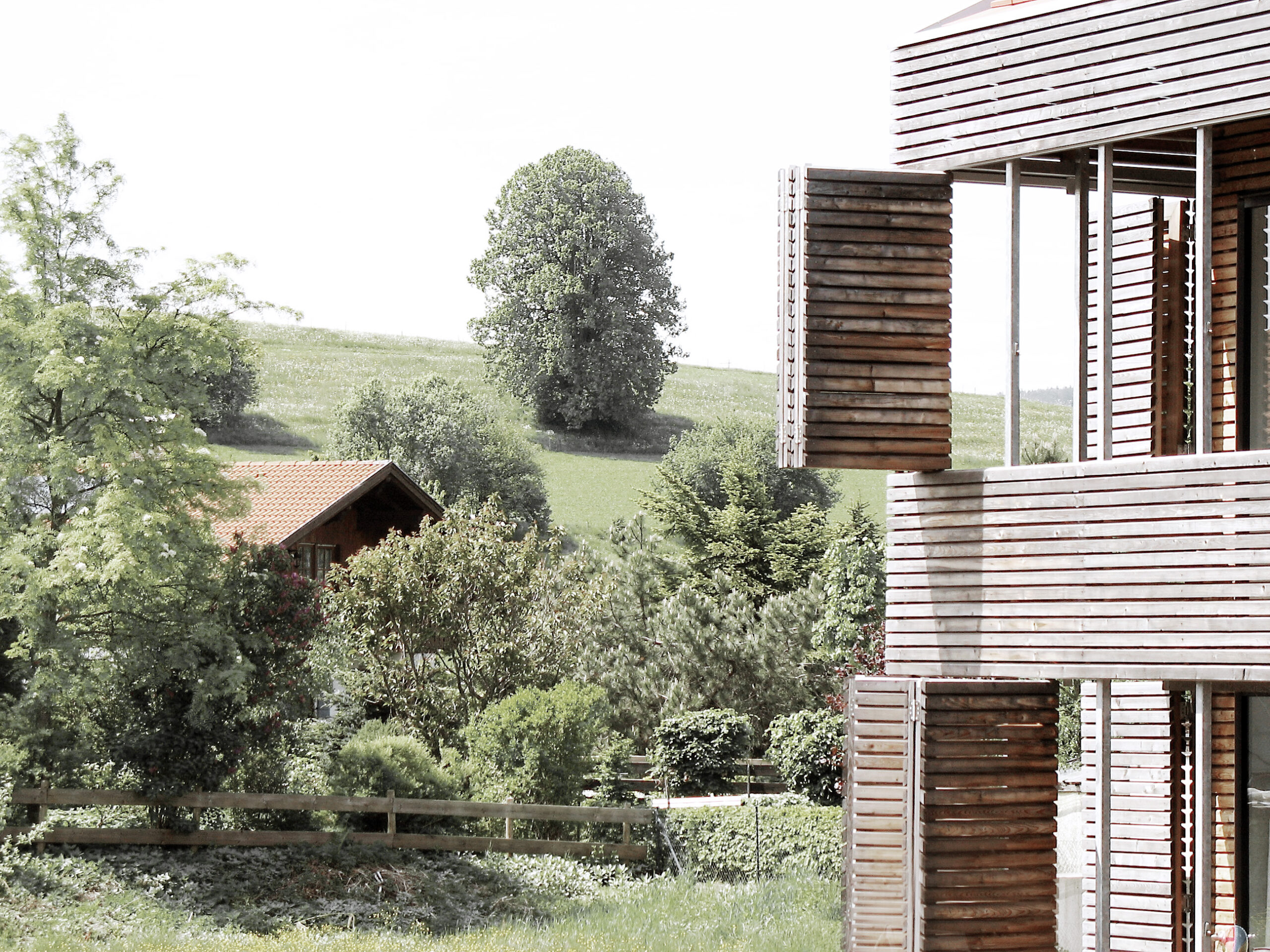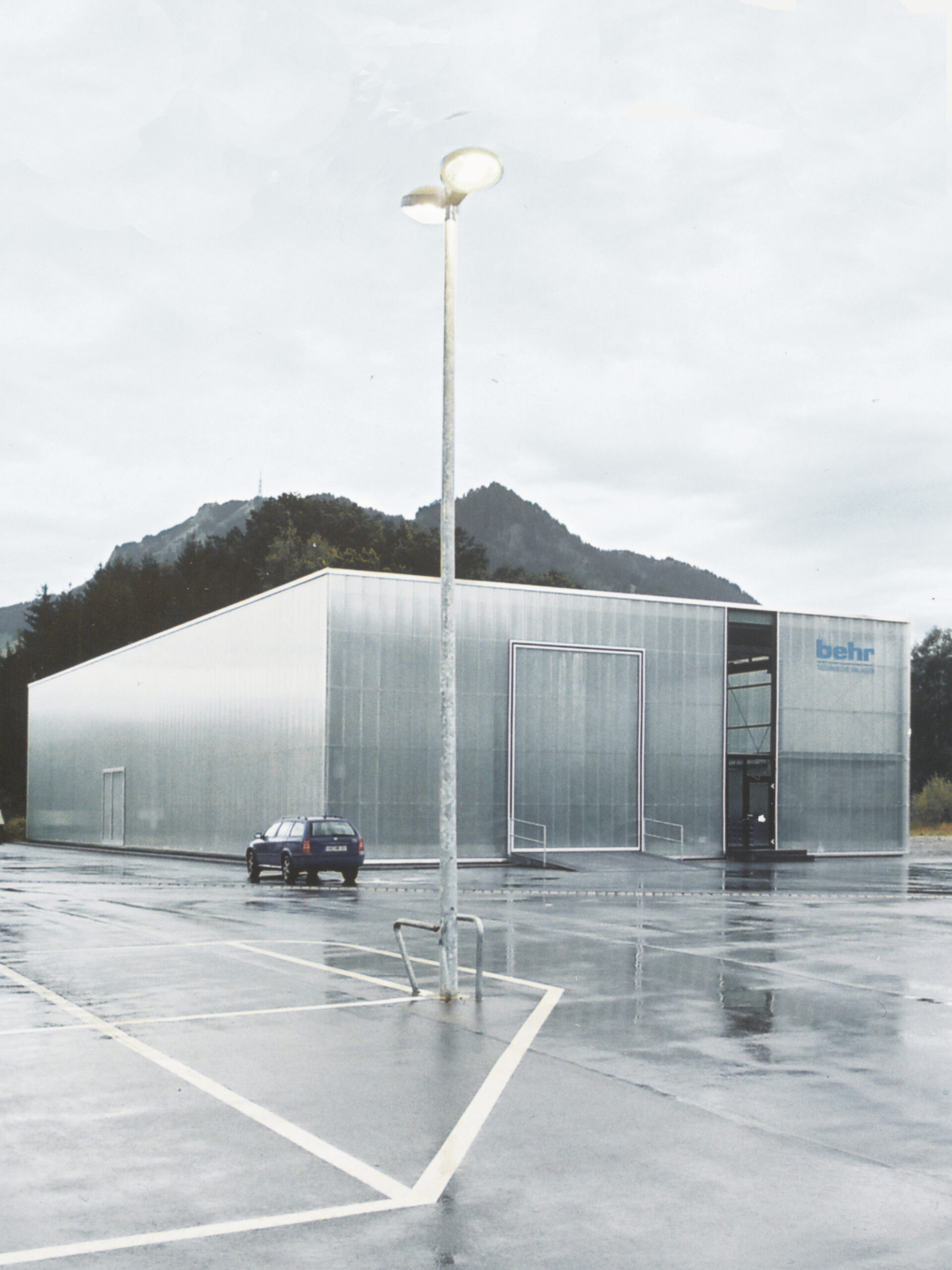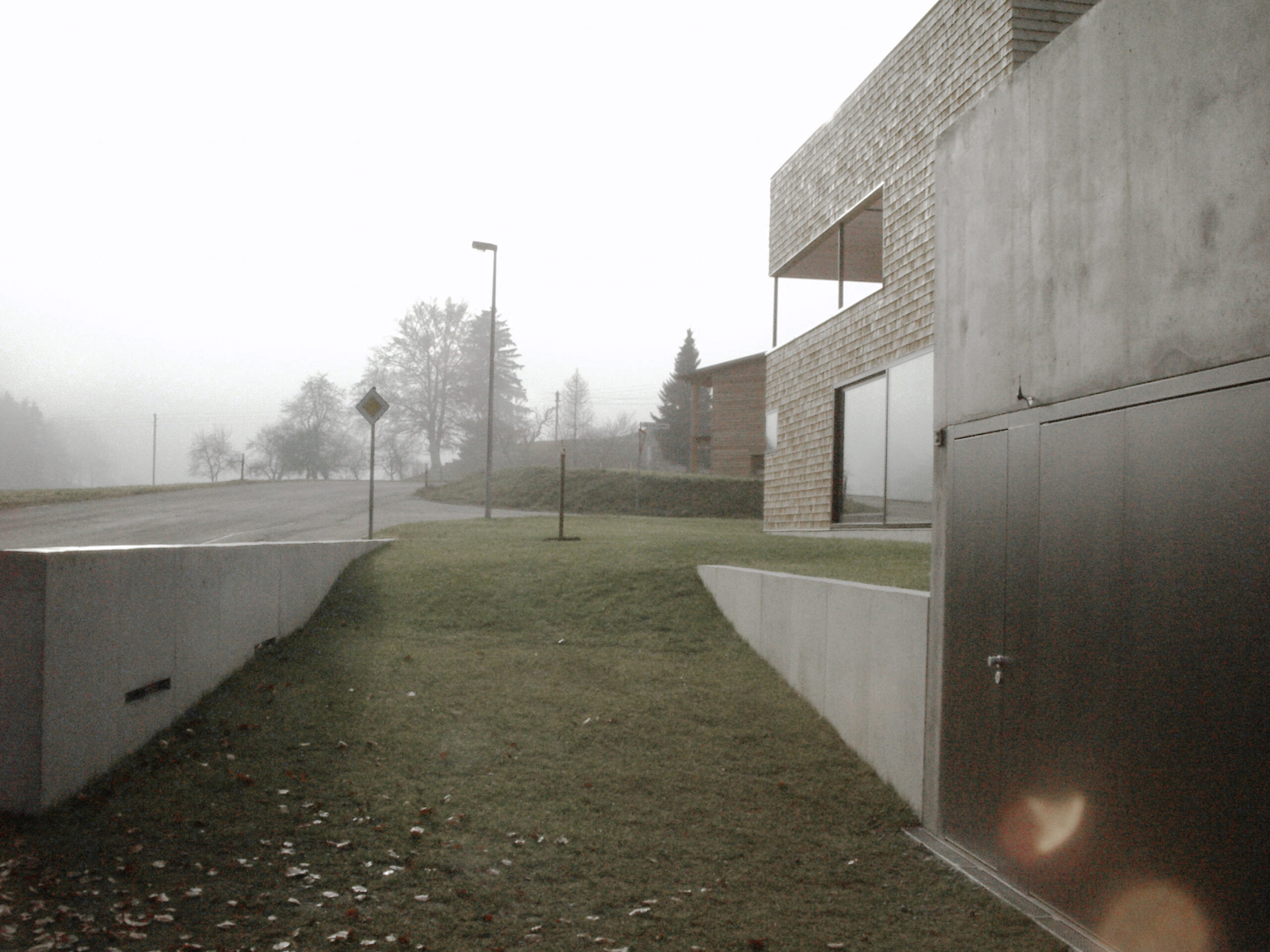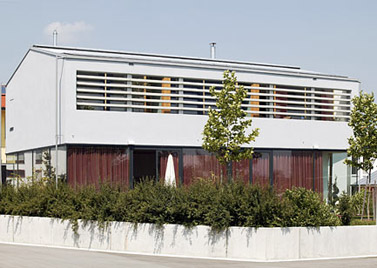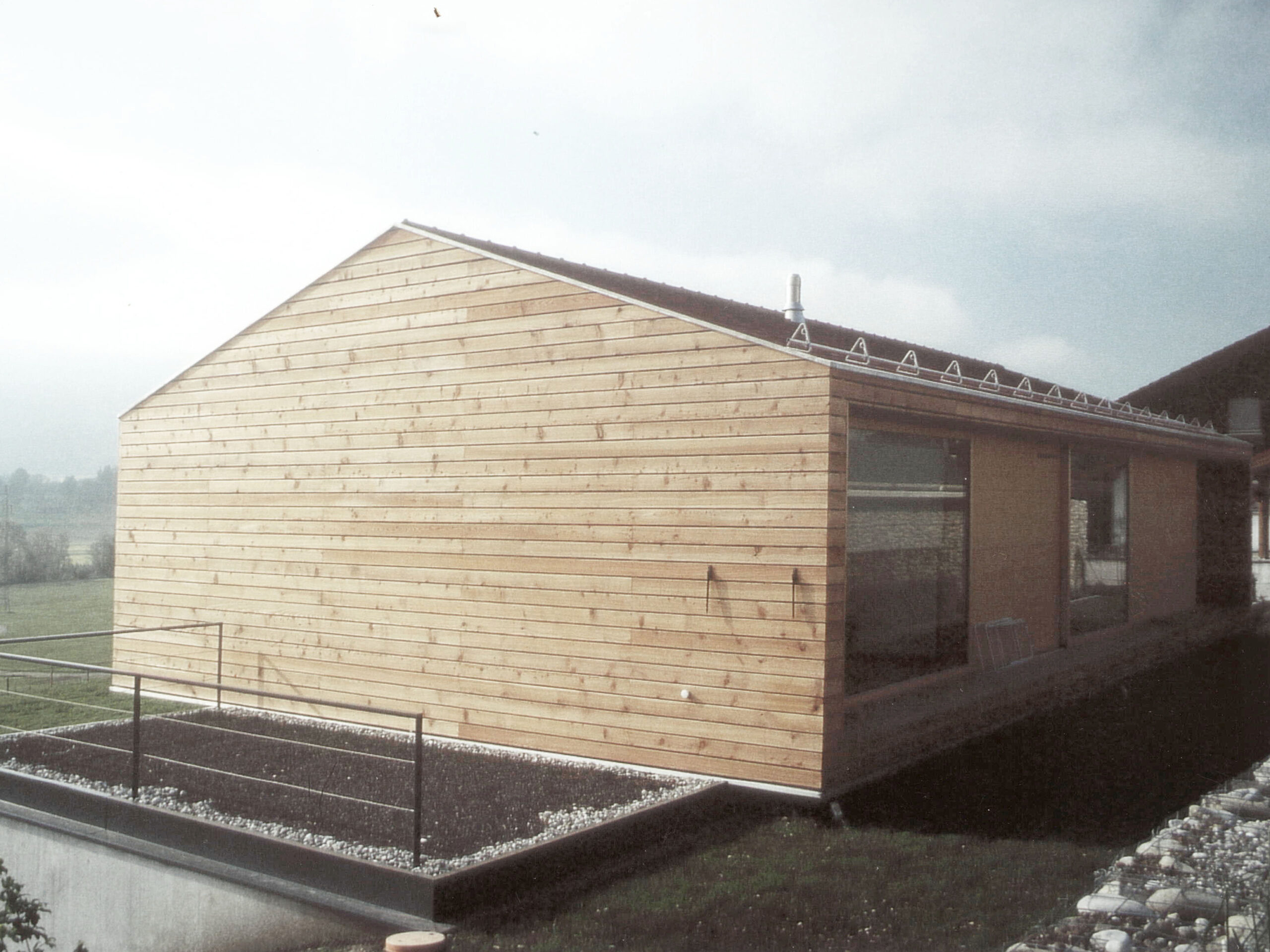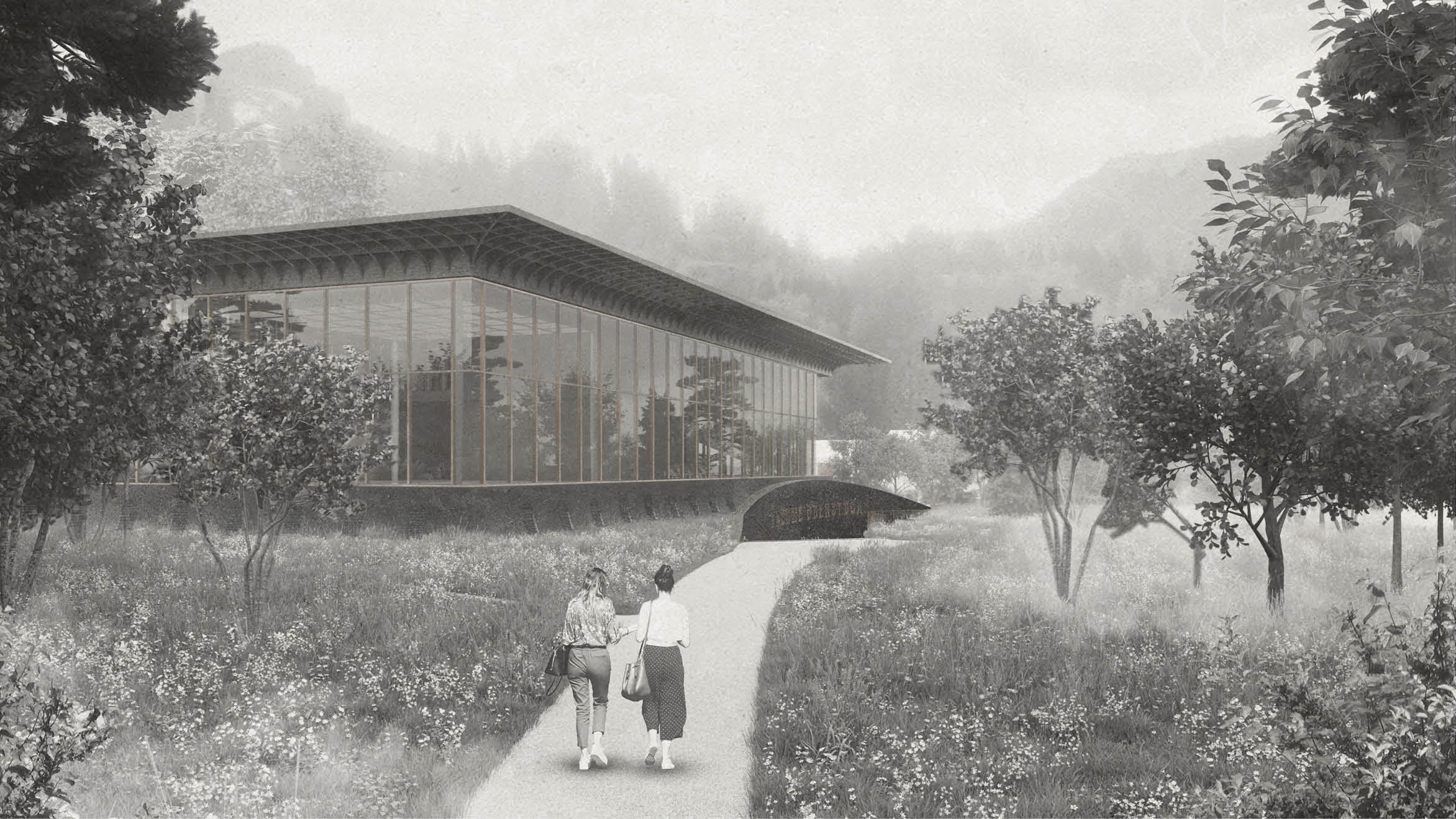
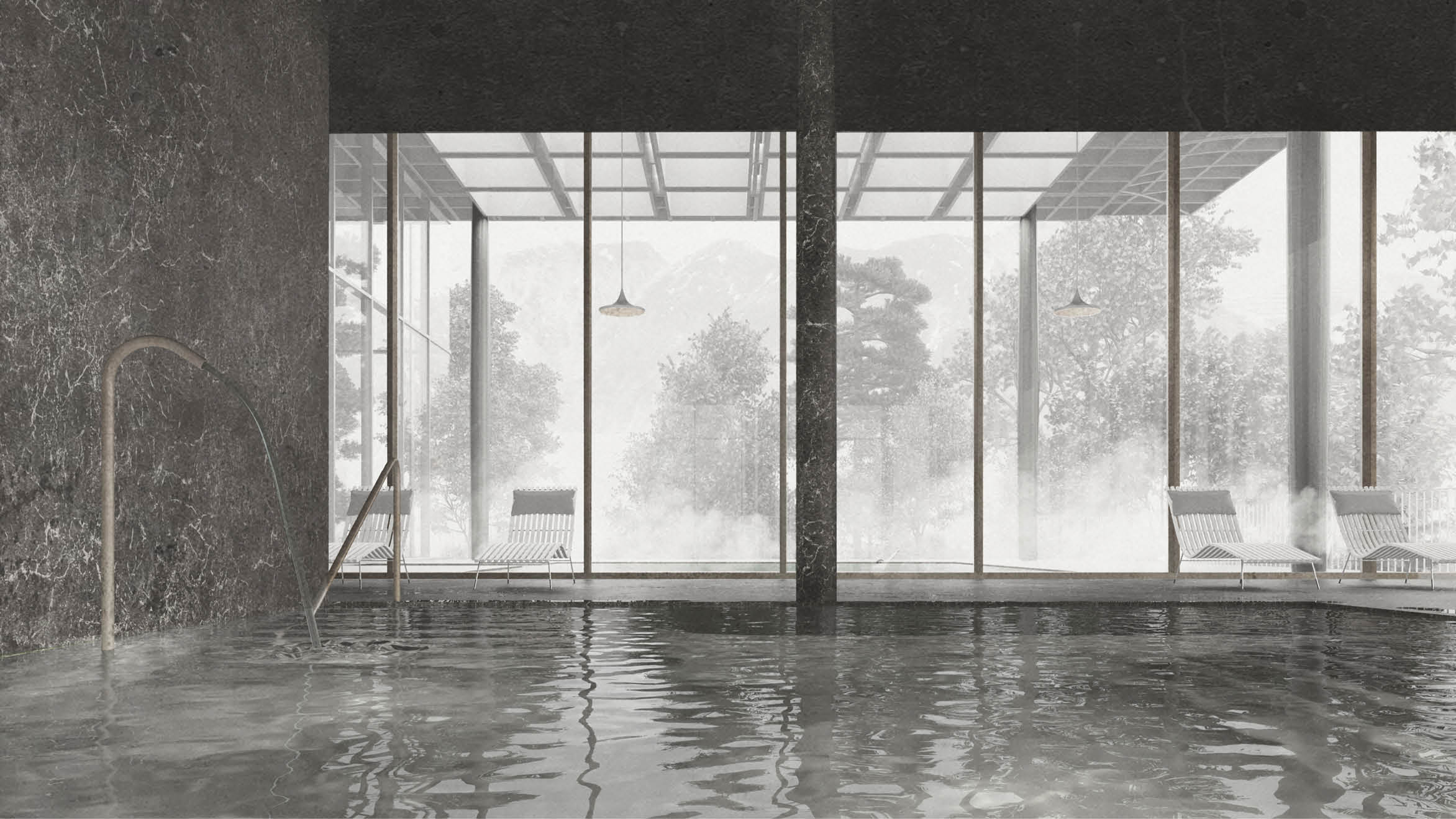

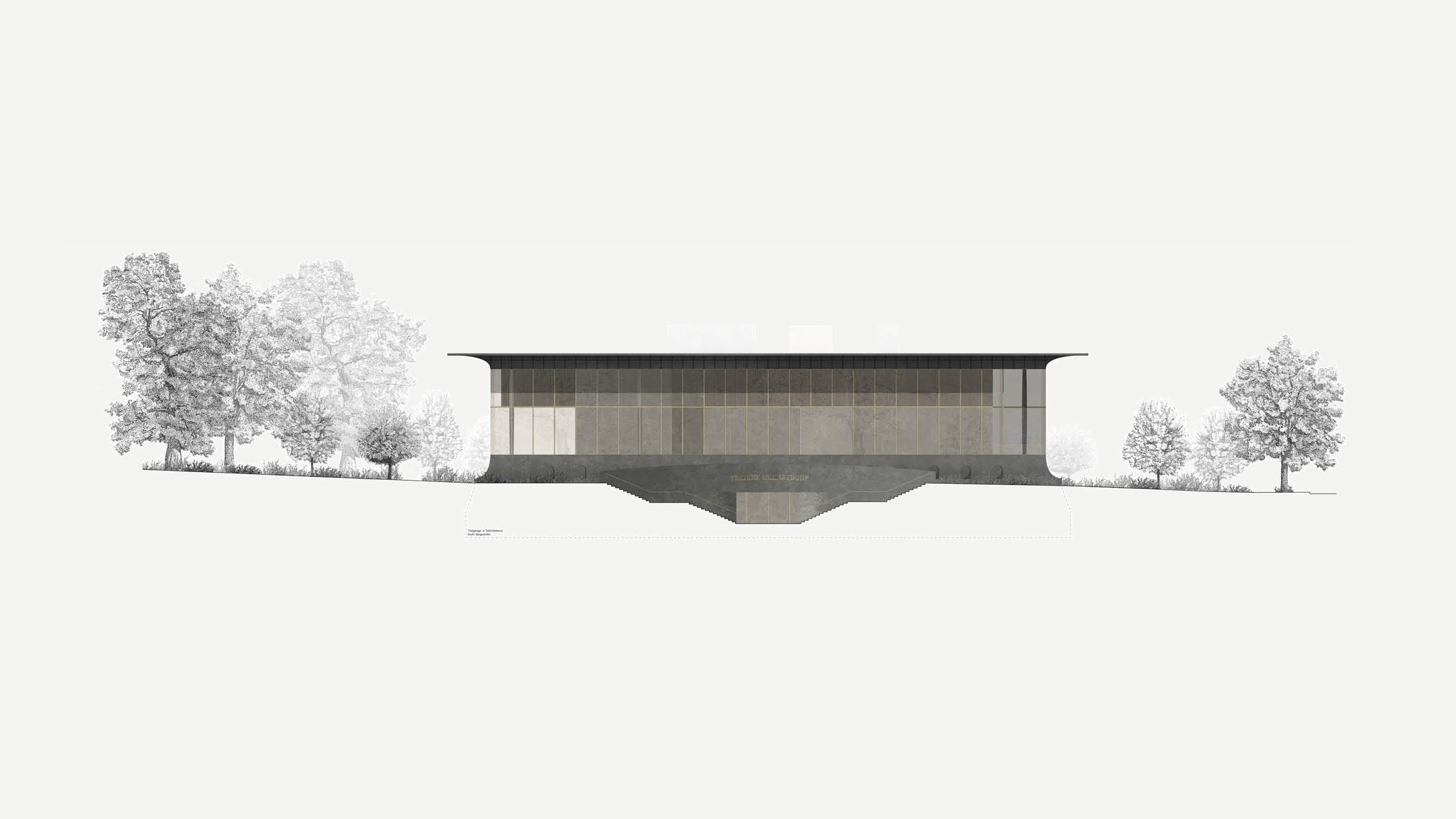
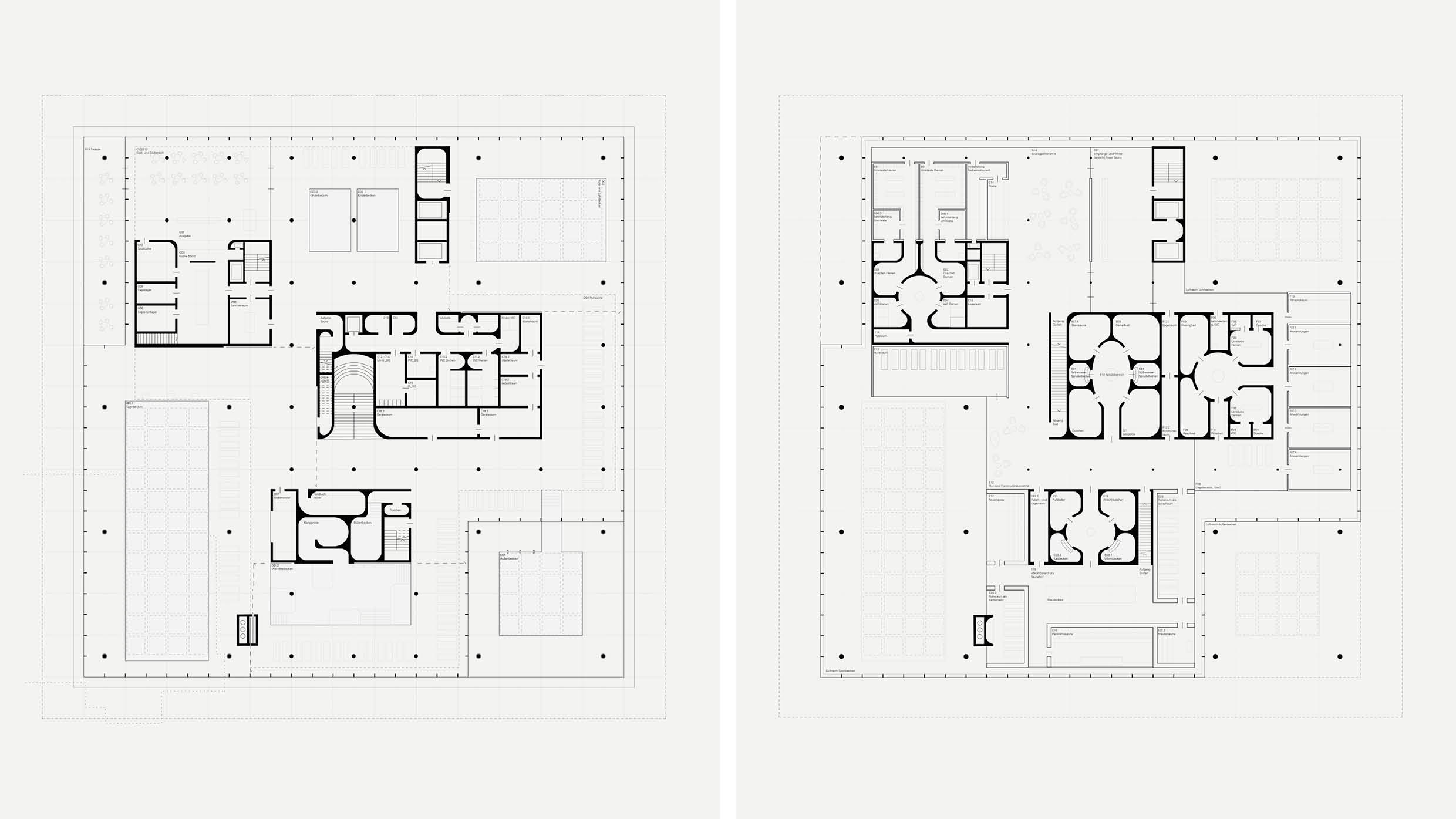
THERMAL BATH OBERSTDORF
Urban design | The design of the Oberstdorf thermal spa and its outdoor spaces relates to the urban context of the surrounding area and reacts subtly to its connections and existing situations. The spa park and the potential spatial connection to this public green space are considered beyond the boundaries of the property line. A special quality lies in the close connection to Haus Oberstdorf and the two churches in the immediate vicinity. In line with these urban planning guidelines, the new spa is positioned as a large-scale solitaire, as a pavilion in the park. As a result, instead of sealing itself off from the outside, an integrating concept is offered that relates the qualitative open spaces of the existing situation in a meaningful way and at the same time offers the new thermal baths a suitable, very atmospheric location. In order to create an adequate pedestrian connection, the traffic-calmed area of Prinzenstraße will be extended to the site of the thermal baths, thus creating a bridge across Ludwigstraße. A further link to the spa gardens will be created via the upgraded western side of Haus Oberstdorf. These measures can create a large-scale connection that creates a coherent, new, green overall space that can be used by the public. The small-scale context of the single-family house development directly adjacent to the newly created park space and the resulting grain is taken into account by the targeted placement of the space-creating stones on the plinth level.
Building volume | The building follows the design concept of a wooden pavilion in the park resting on stones, which merges with the landscape and the surrounding mountains with the greatest possible intimacy. The spatial concept of the spa is based on a hollowed-out, mountainous base, which subtly distances the bathing level from the surrounding public park space and on which stone blocks extending over two storeys are positioned, supporting both the wooden roof-space structure and the superimposed, self-sufficiently decoupled sauna and wellness floor in wood. This entire spatial structure is enclosed by a metal façade that forms the thermal envelope. The necessary privacy filter of the suspended timber storey is provided, where necessary, by a matt finish to the interior façades. This creates intertwined interior and exterior spaces that make this interweaving of materials and constructions a tangible experience for all the senses. Following the idea of the stone hollowed by water, the spatial structure develops towards the light after submerging in the park, in order to emerge on the plinth with the greatest possible reference to the park and mountain, or to open up the overlying, penetrated wooden storey through the stones lying on the plinth, which also interlocks with all structures both inside and outside and acts as a mediator to the crowning roof landscape.
Spatial concept | The interior spaces of the spa alternate between a cave-like system inside the plinth and the stones, a pulsating interior space with blurred inner and outer boundaries on the plinth and sublime views of the treetops and the surrounding mountains, and an intimate, geometrically layered and joined system of boxes resting on the stones. The stone interiors resemble a structure hollowed out by water, which contrasts with the jointed structure of the wooden vessels on the sauna floor. In accordance with the material properties of the respective vessel, the moisture-intensive uses are designed in stone and the temperature-intensive uses in wood. The complex interweaving of these construction, material and spatial structures, both vertically and horizontally, creates a unique sense of space that appeals to all the senses.
Landscape | The open space functions as a landscape that can be walked through, experienced and felt. At the same time, it offers visitors a place of retreat that facilitates relaxation and harmony. The pathways of the design flow around the spa building and connect it to Prinzenstrasse, Ludwigstrasse and Promenadenstrasse. The flowing forms offer visitors natural and uncomplicated access to the entire area. The required bicycle parking spaces are located in the entrance area on Prinzenstrasse and Ludwigstrasse. The new bus stop, the required PWK visitor parking spaces and the entrance to the underground car park are also located on Ludwigstrasse. In order to maximize the green, public open space that can be experienced by pedestrians, the above-ground parking spaces are accessed directly from Promenadenstrasse as angled parking spaces.
Vegetation | In order to create the desired unique atmosphere, the vegetation concept reacts subtly to the interweaving of exterior and interior space. A continuously increasing vegetation filter towards the outside creates a protected atmosphere without blocking views of the mountain landscape. The first layer of the vegetation filter from the building consists of cherry, apple and rock pear. Only recognizable at second glance, these tree plantings are oriented to the 6x6m grid of the building and yet remain in the landscape style. The second layer of the planned planting is made up of alpine species such as sycamore, larch, lime, pine, rowan and alder, thus anchoring the park in its natural surroundings and at the same time offering the opportunity to set striking accents with blossoms and autumn colors. The locations of these trees and shrubs are now detached from the grid of the building, creating a link to the surrounding vegetation structure. All the trees and shrubs form a continuously increasing filter between the bathroom and the public open space and further on to the private neighborhood. Two-acre meadow areas and wild shrubs planted underneath the trees complement the near-natural concept and thus also provide a diverse habitat for fauna.
TOPIC:
Thermal spa with sauna area
LOCATION:
Oberstdorf, DE
YEAR:
2019
CLIENT:
Markt Oberstdorf
TYPOLOGY:
Institutional | Infrastructure
STATUS:
Competition
TEAM:
Michael Becker, Roland Schafroth
PARTNERS:
Hermann Kaufmann zt, Schwarzach
Keller Damm Kollegen, Munich
PLANNING TEAM:
IB Hirdina, Kempten
VISUALISATION:
Becker Architects Planners
WORKS
No.155 | 2023.
School for Timber and Design Garmisch-Partenkirchen
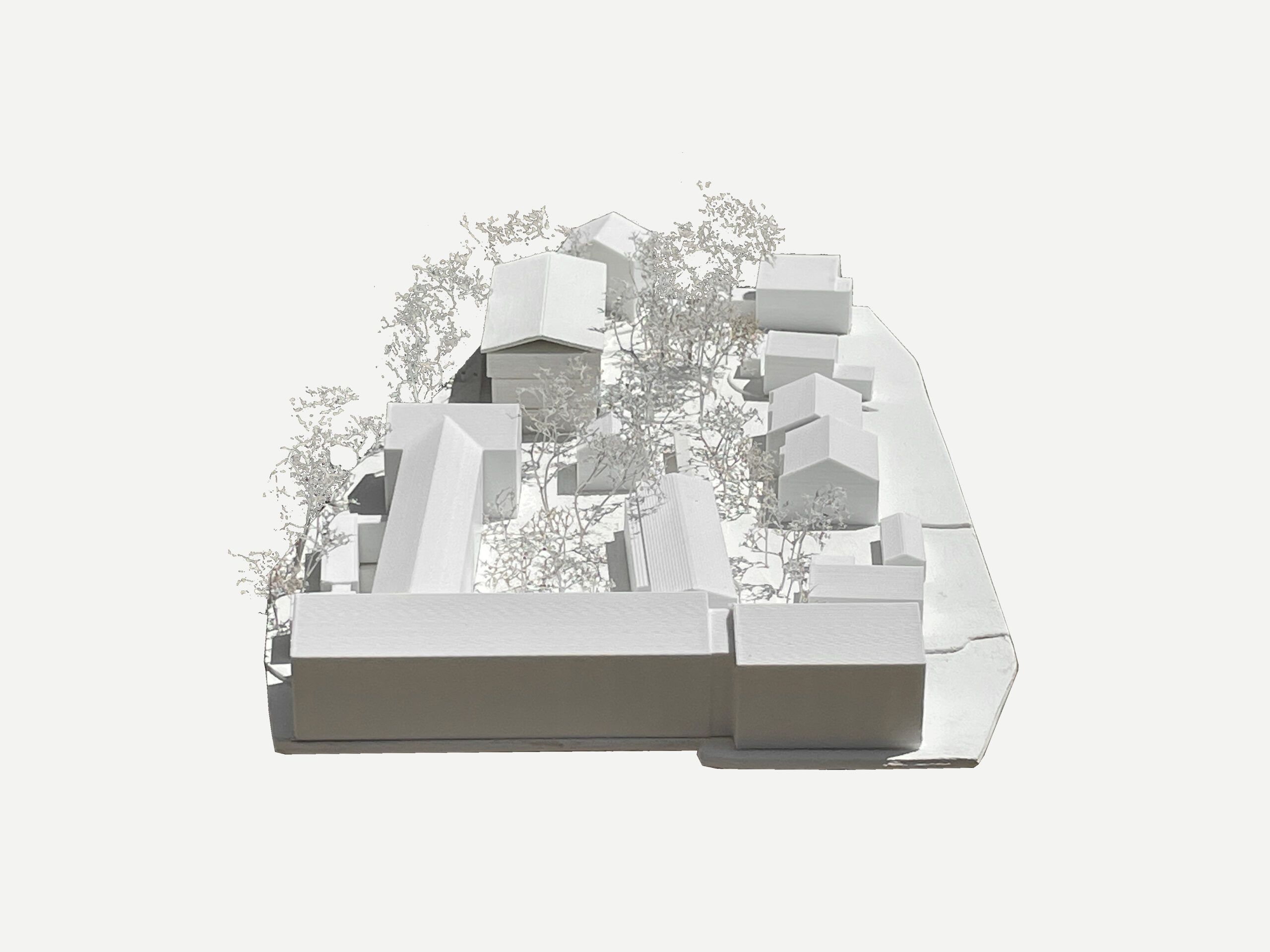
No.132 | 2016
Development Plan Mindelheim Tractor Museum
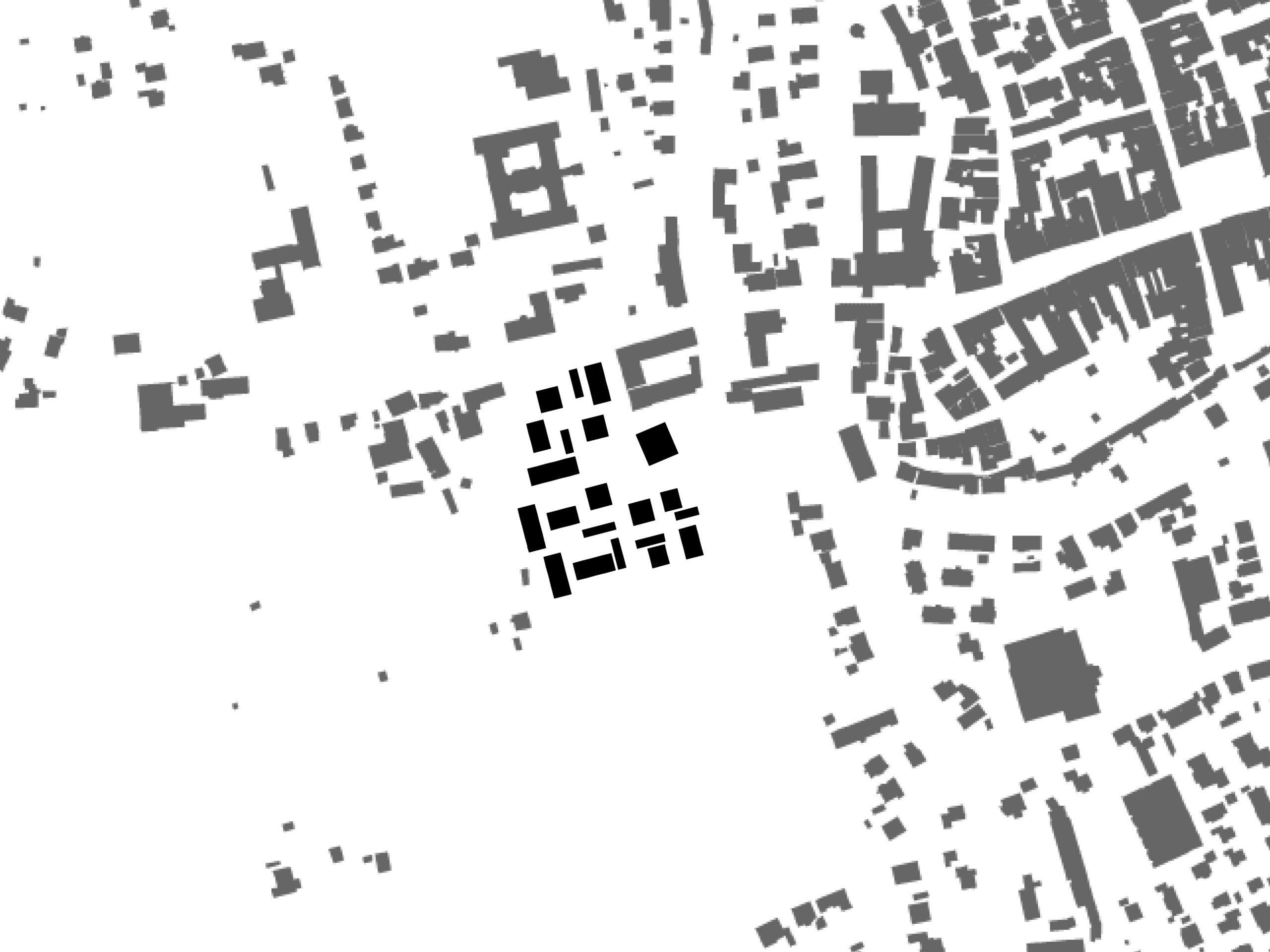
No.119 | 2014
Development Plan of Hospital Kempten

No.111 | 2013.
Transformation Of The Haindl Paper Factory Site Waltenhofen
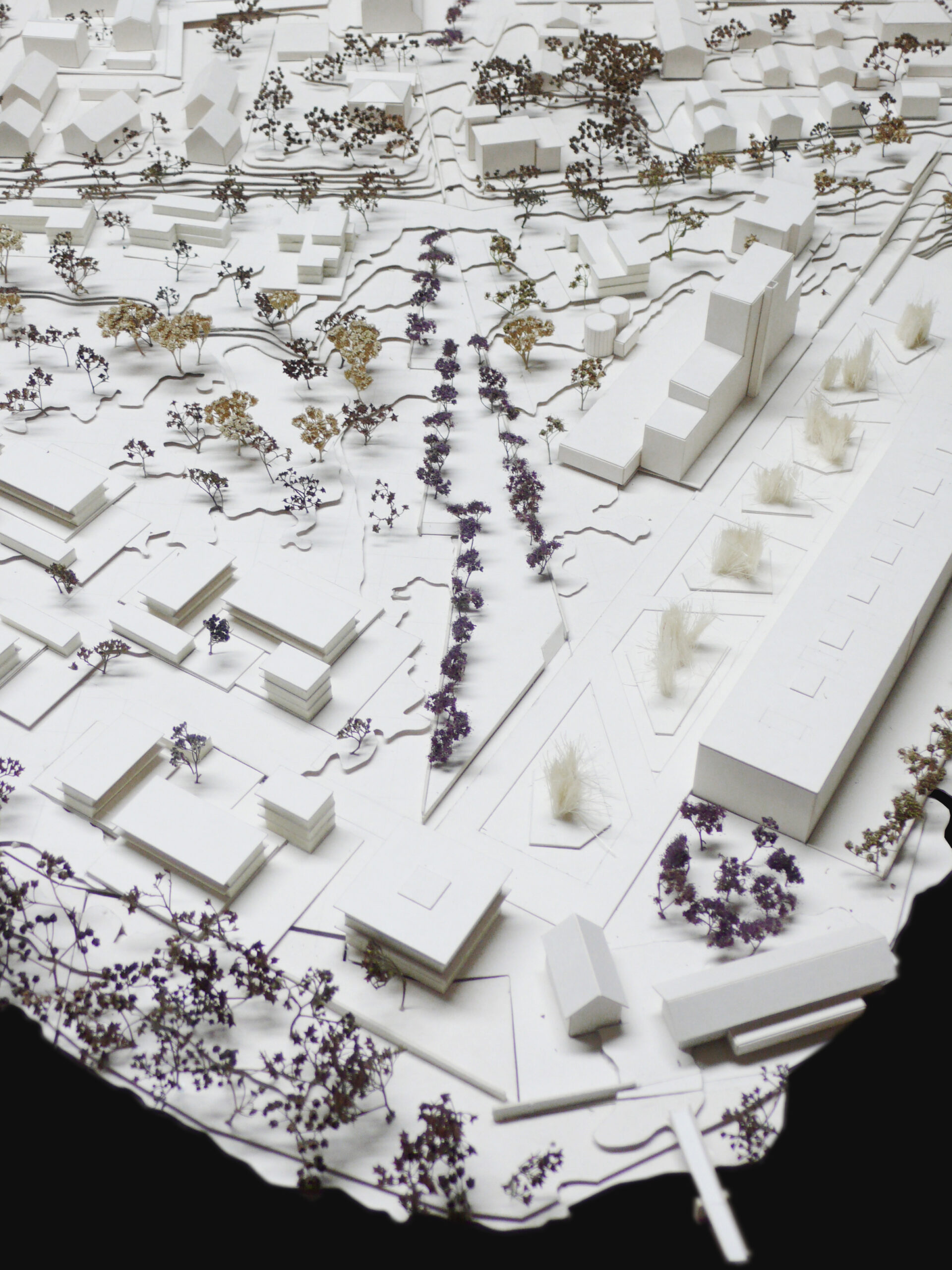
No.102 | 2012
IFEN Walmendinger Horn Cable Car Station
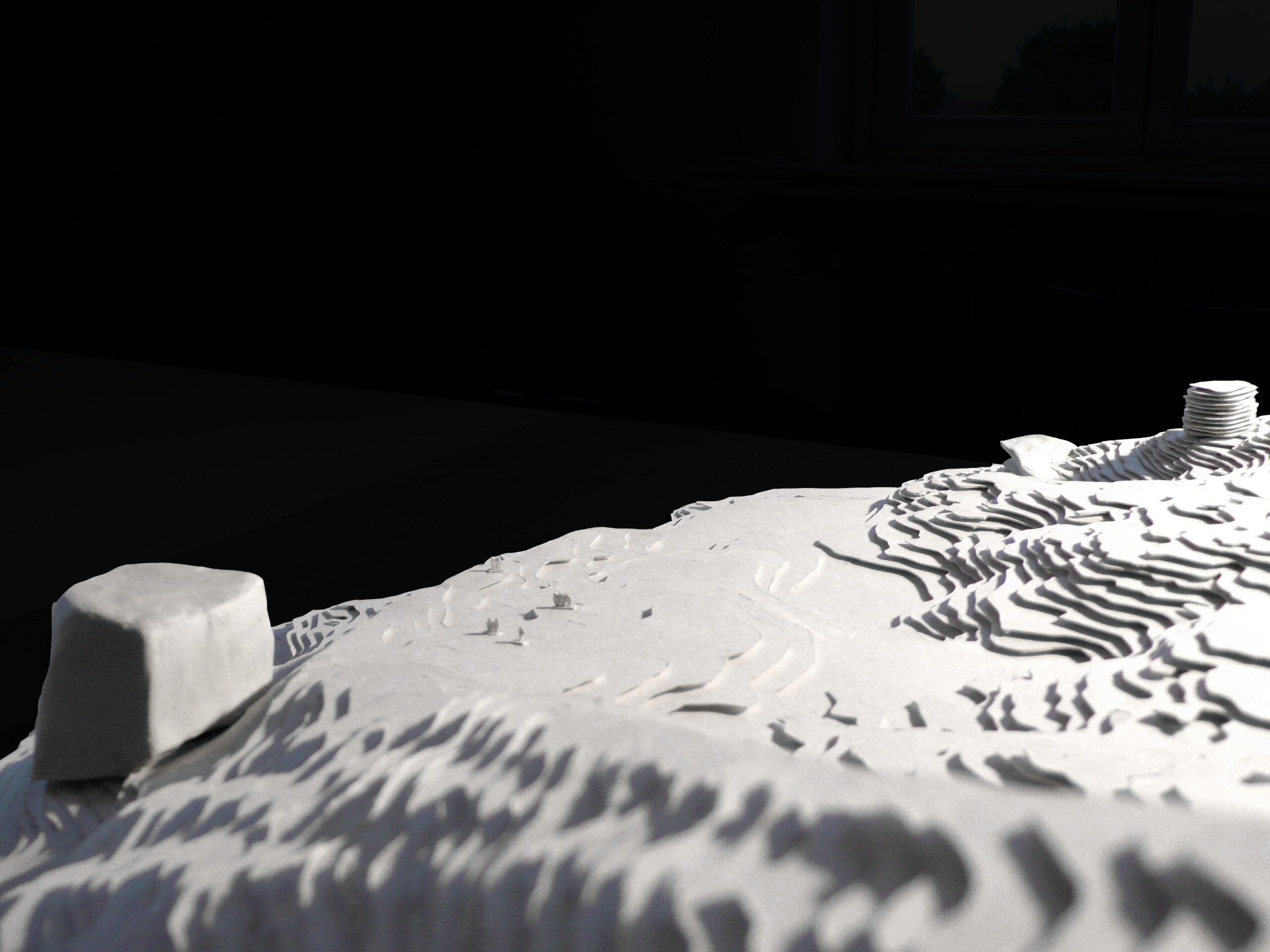
CONTACT
STUDIO KEMPTEN
Keselstraße 14
87435 Kempten. Allgäu
P.: +49.831.745 8998.0
F.: +49.831.745 8998.9
General: kontakt@becker-architekten.net
Career | Press: info@beckerarchitects.eu
SOCIAL MEDIA
LEGAL
BECKER ARCHITECTS PLANNERS BDA ©2024




